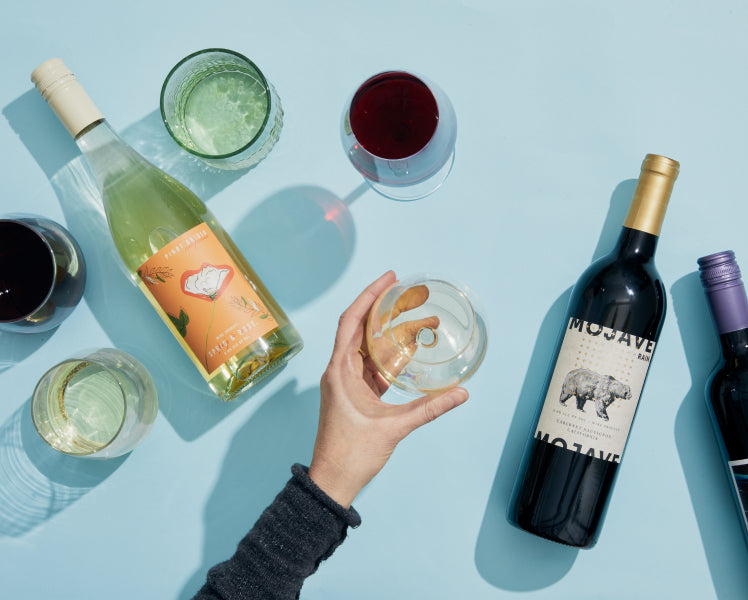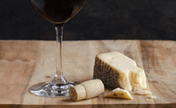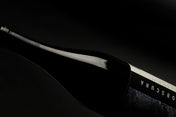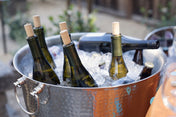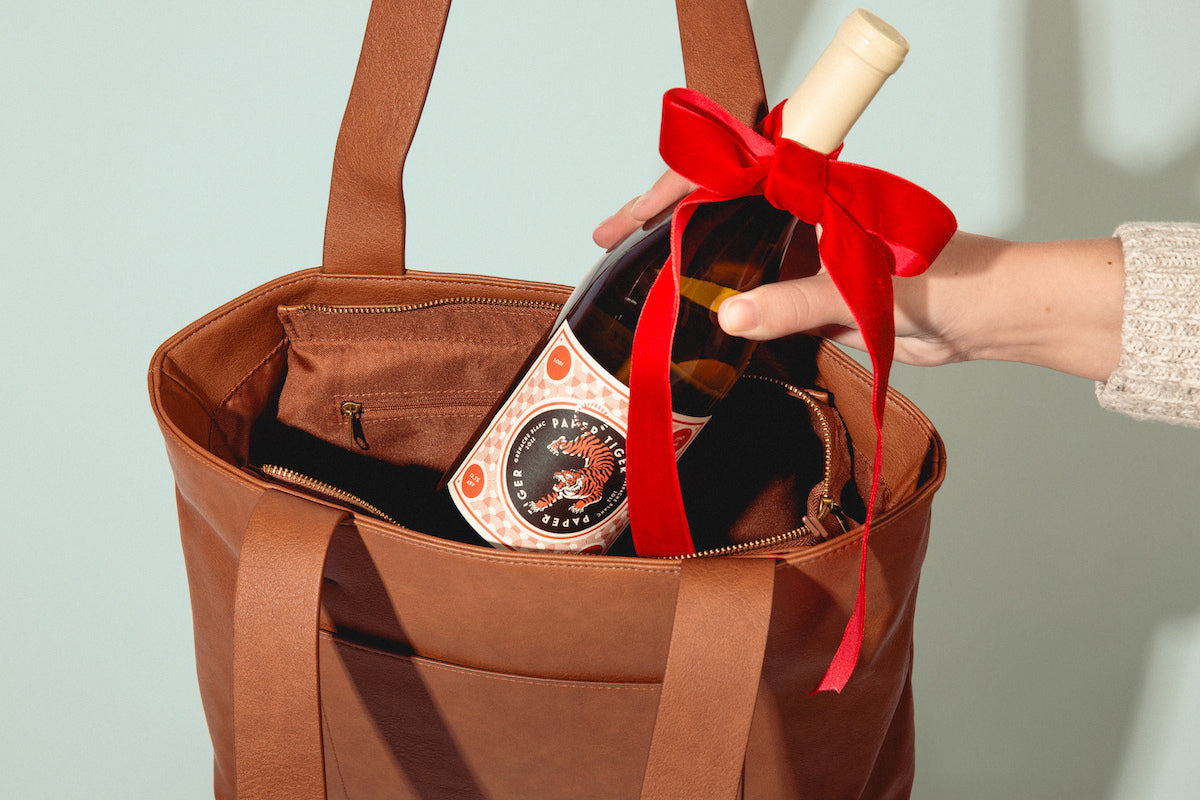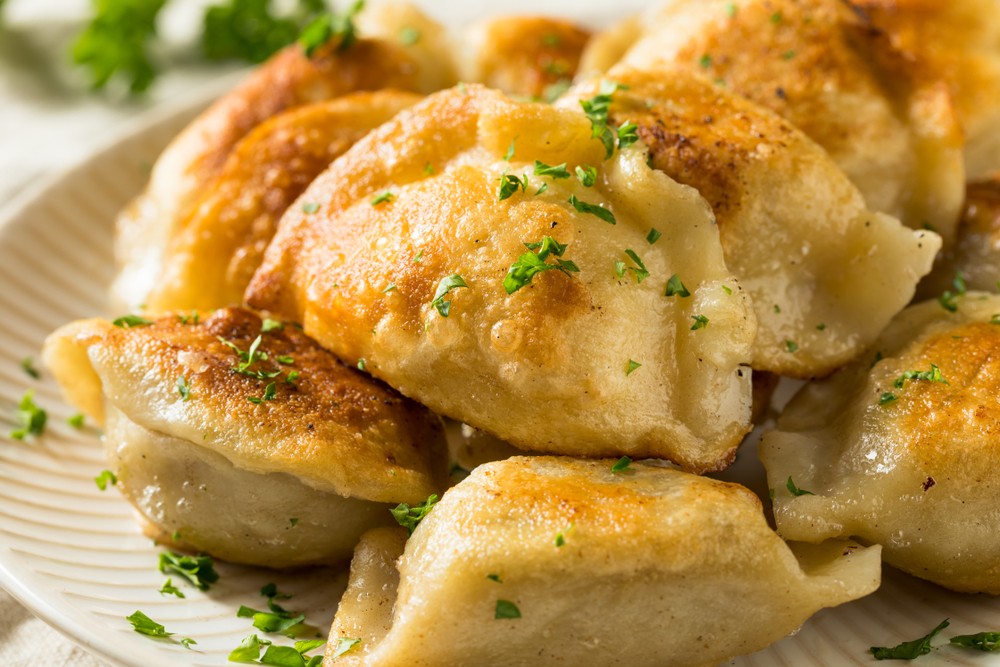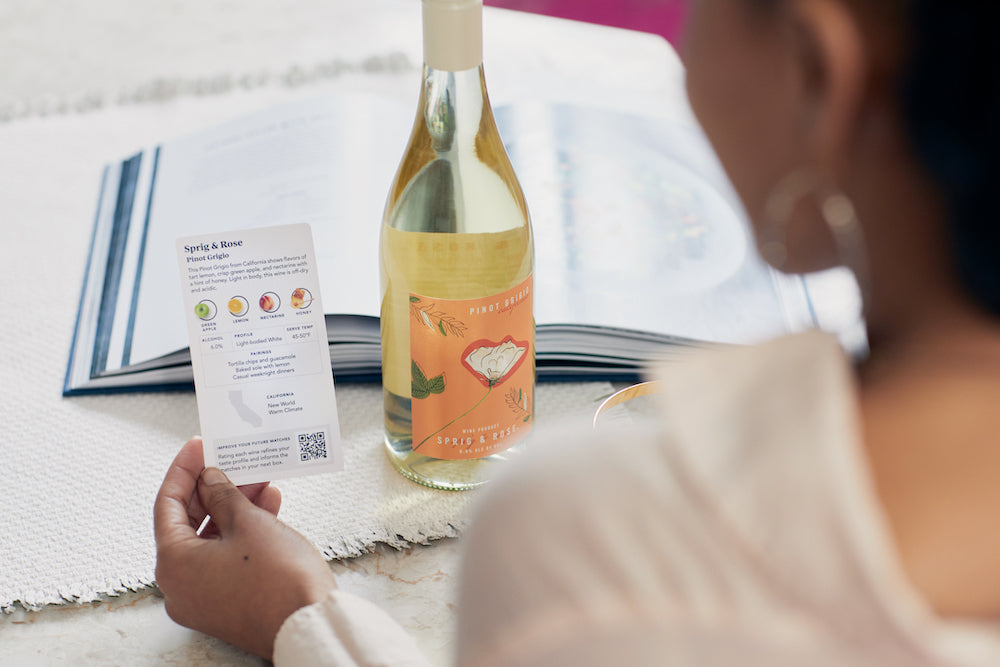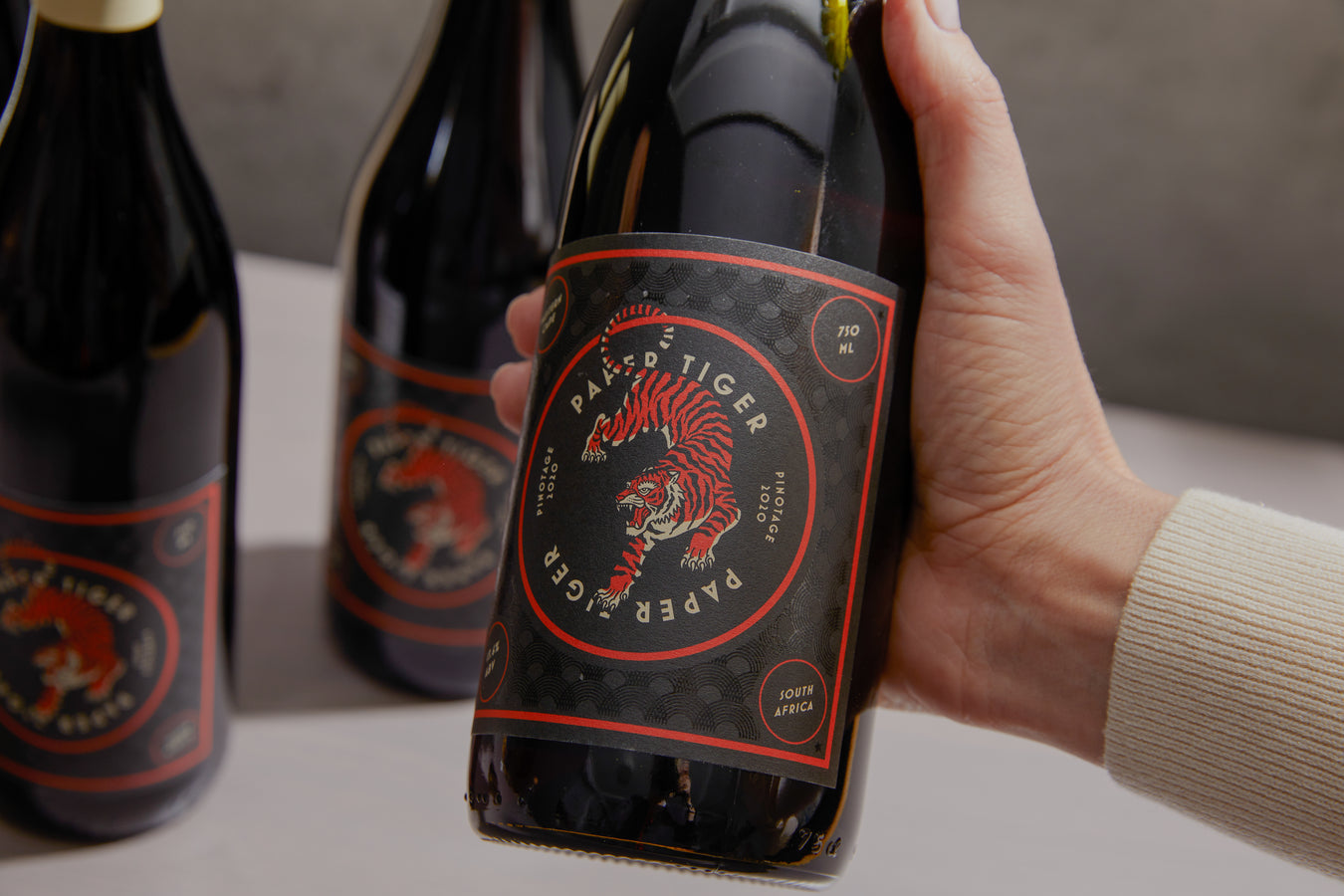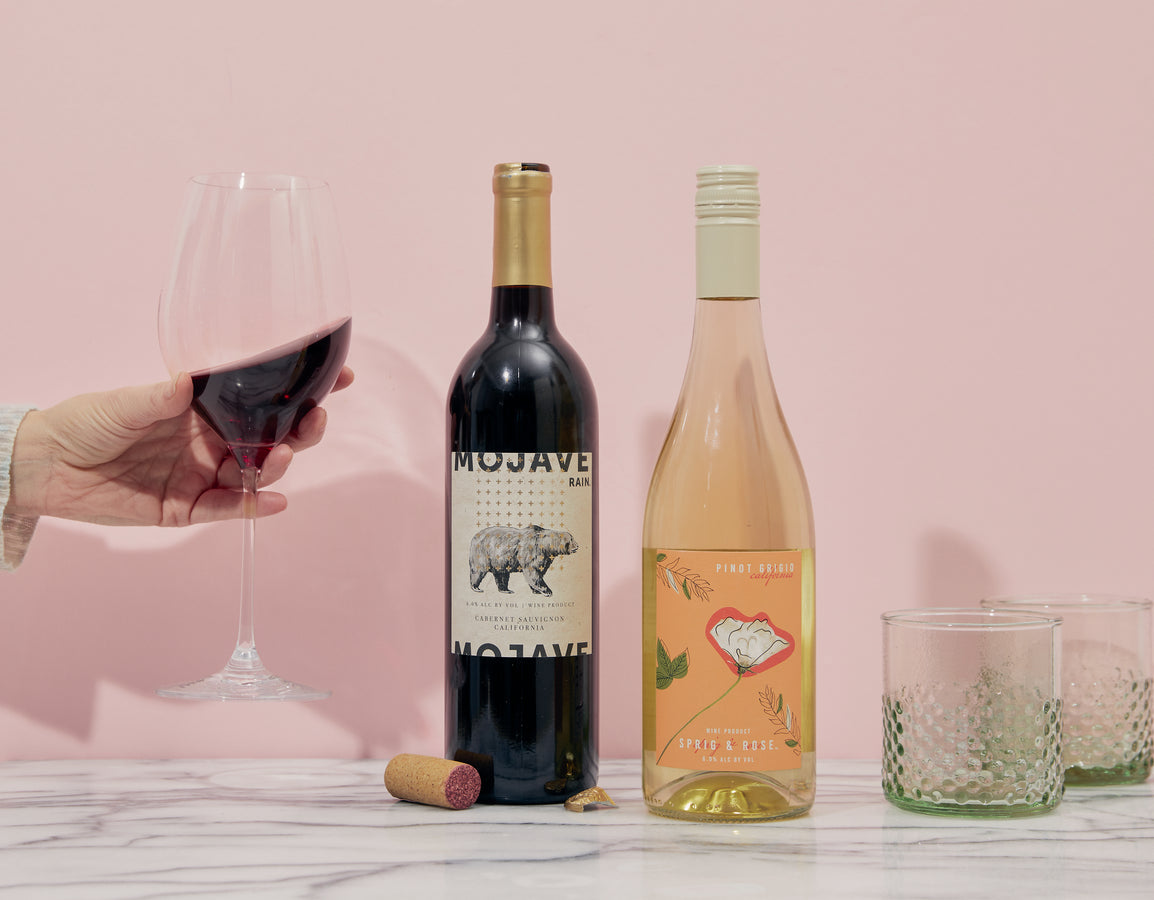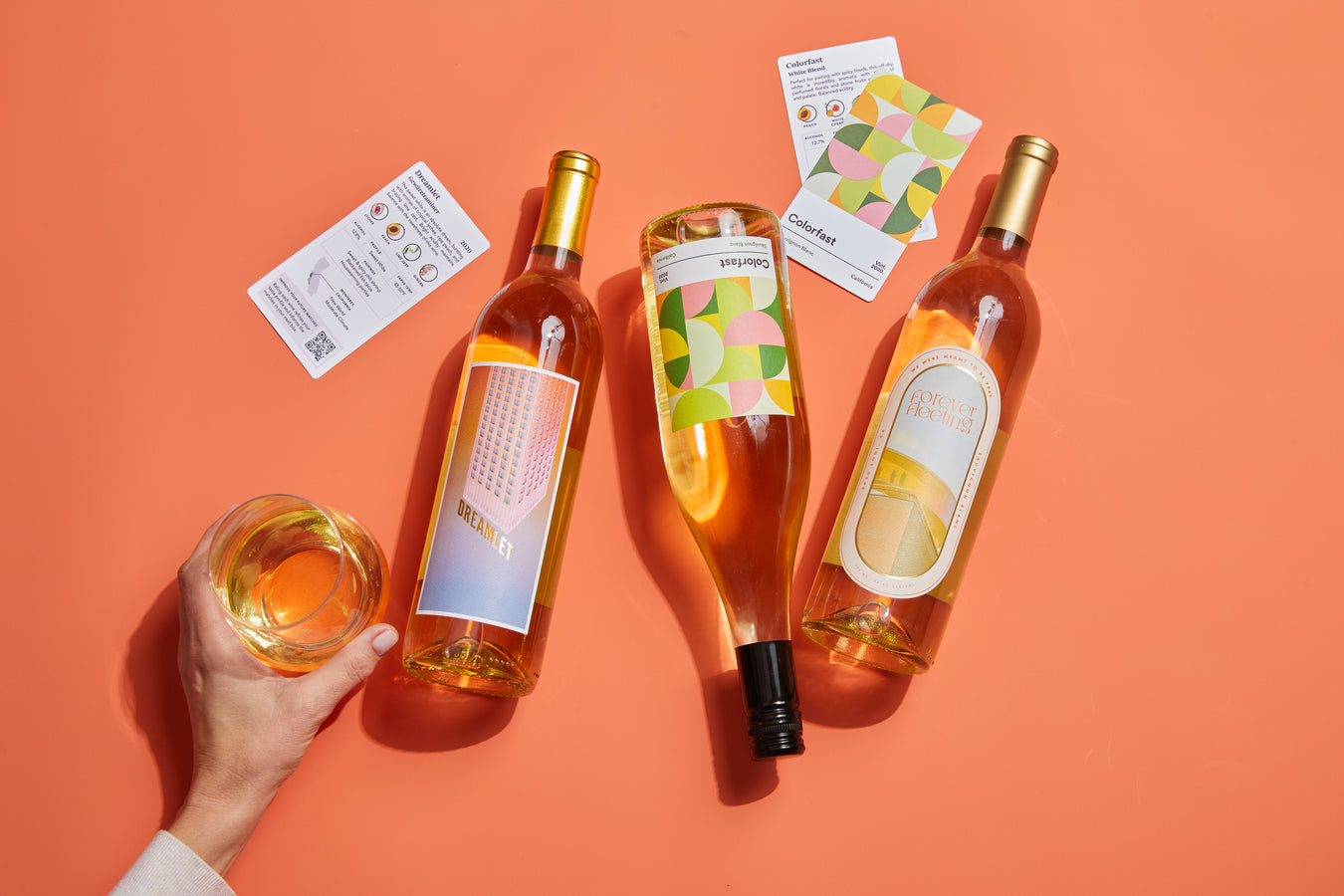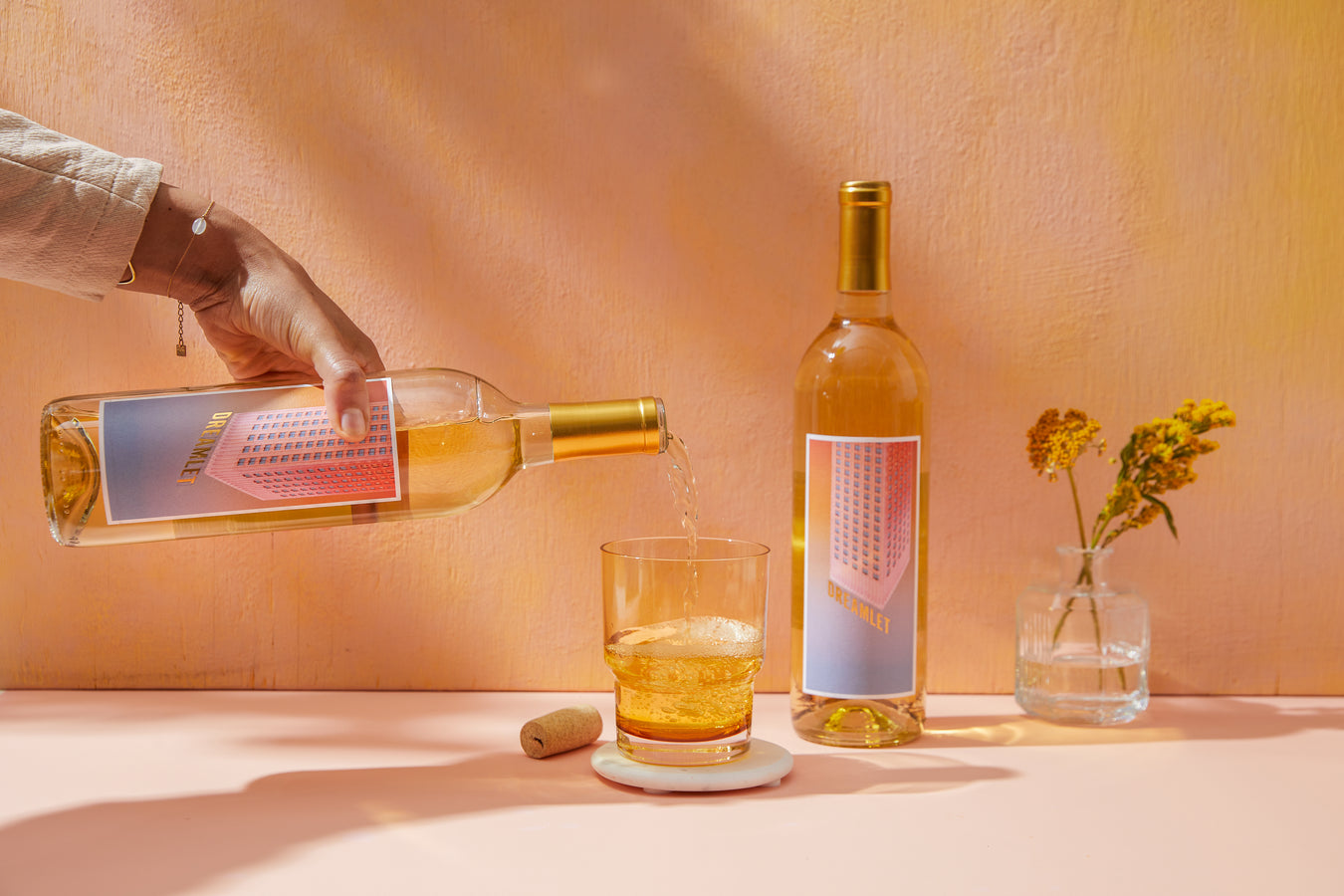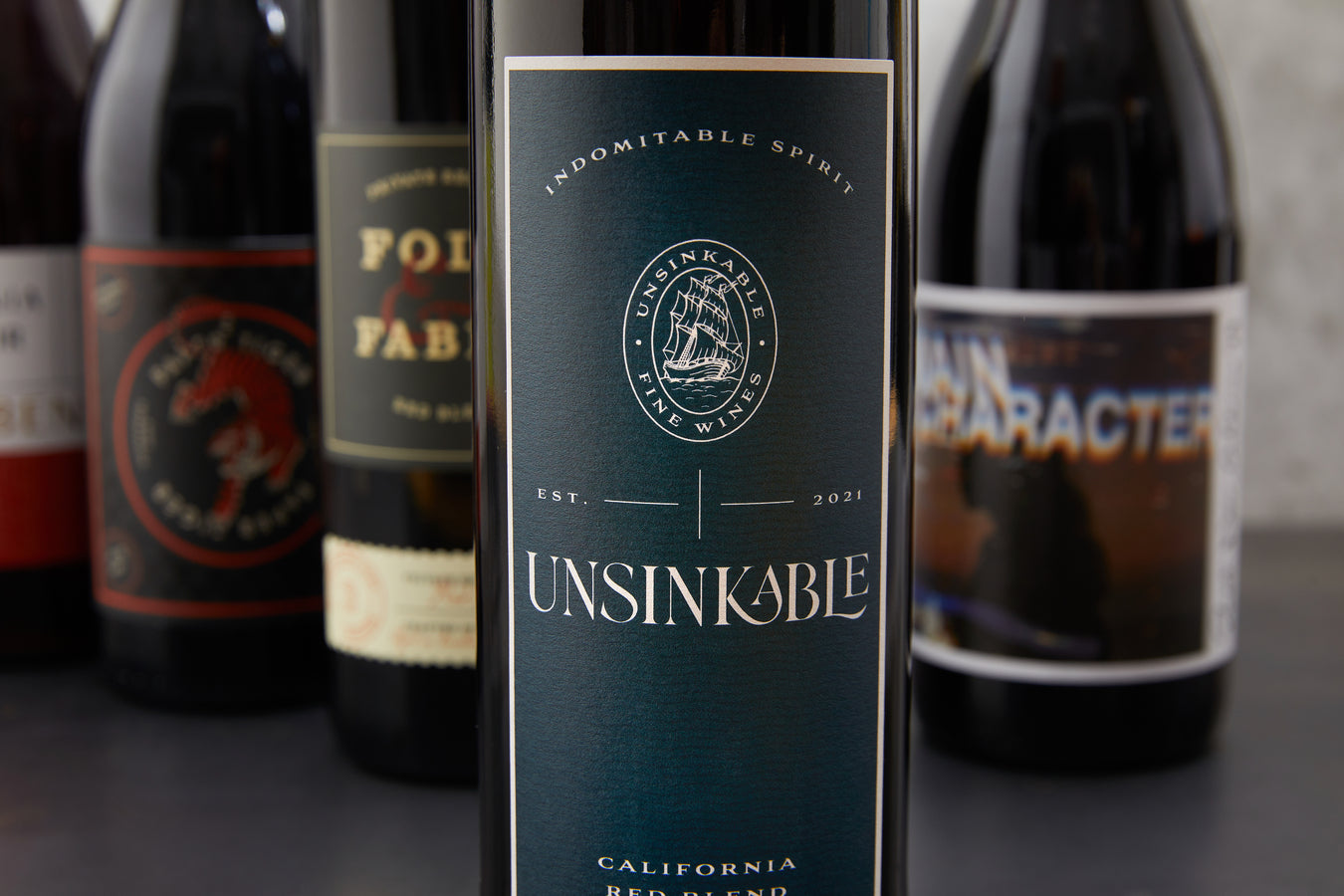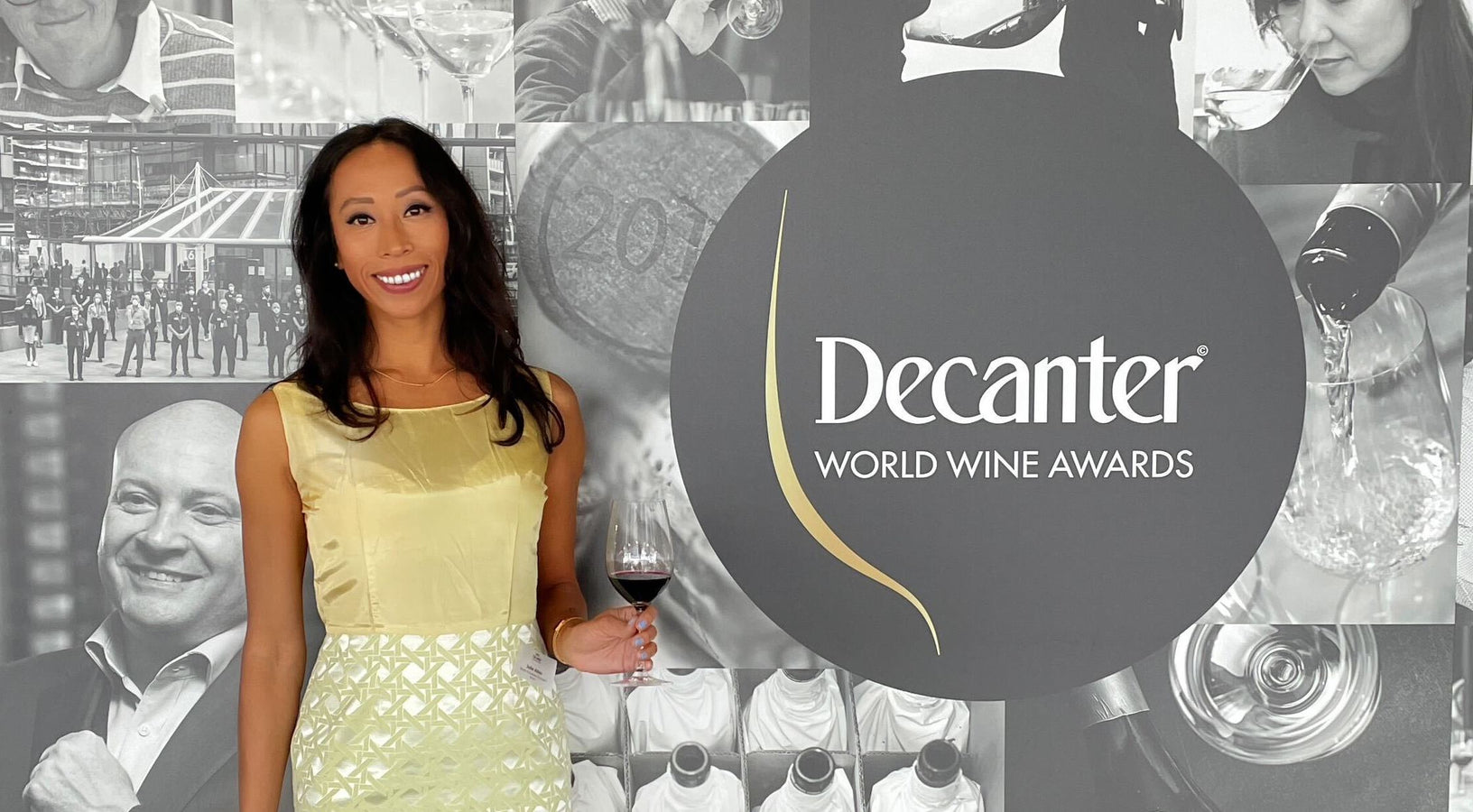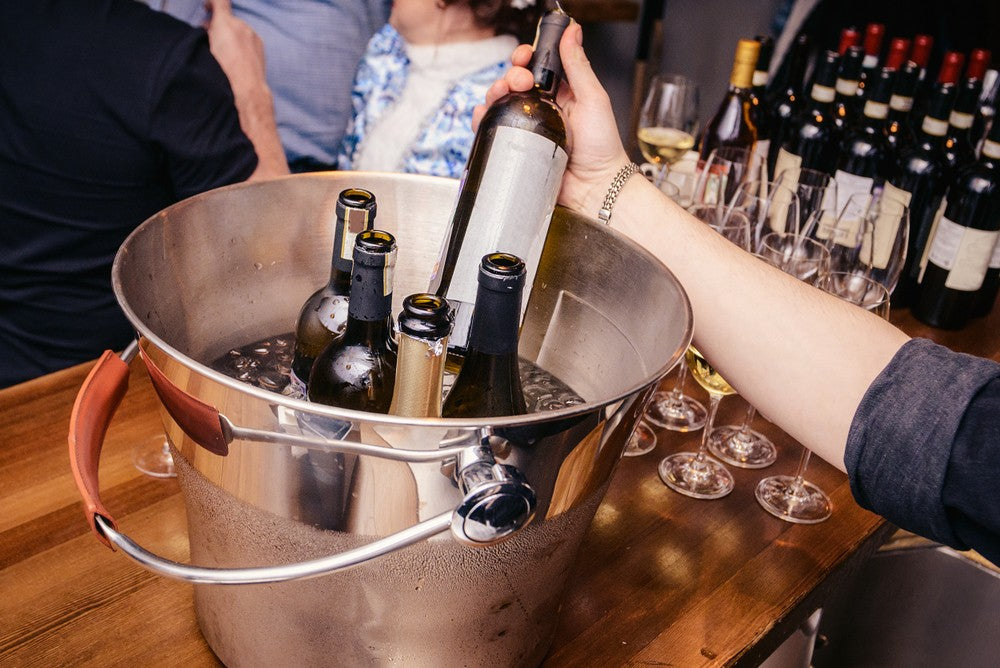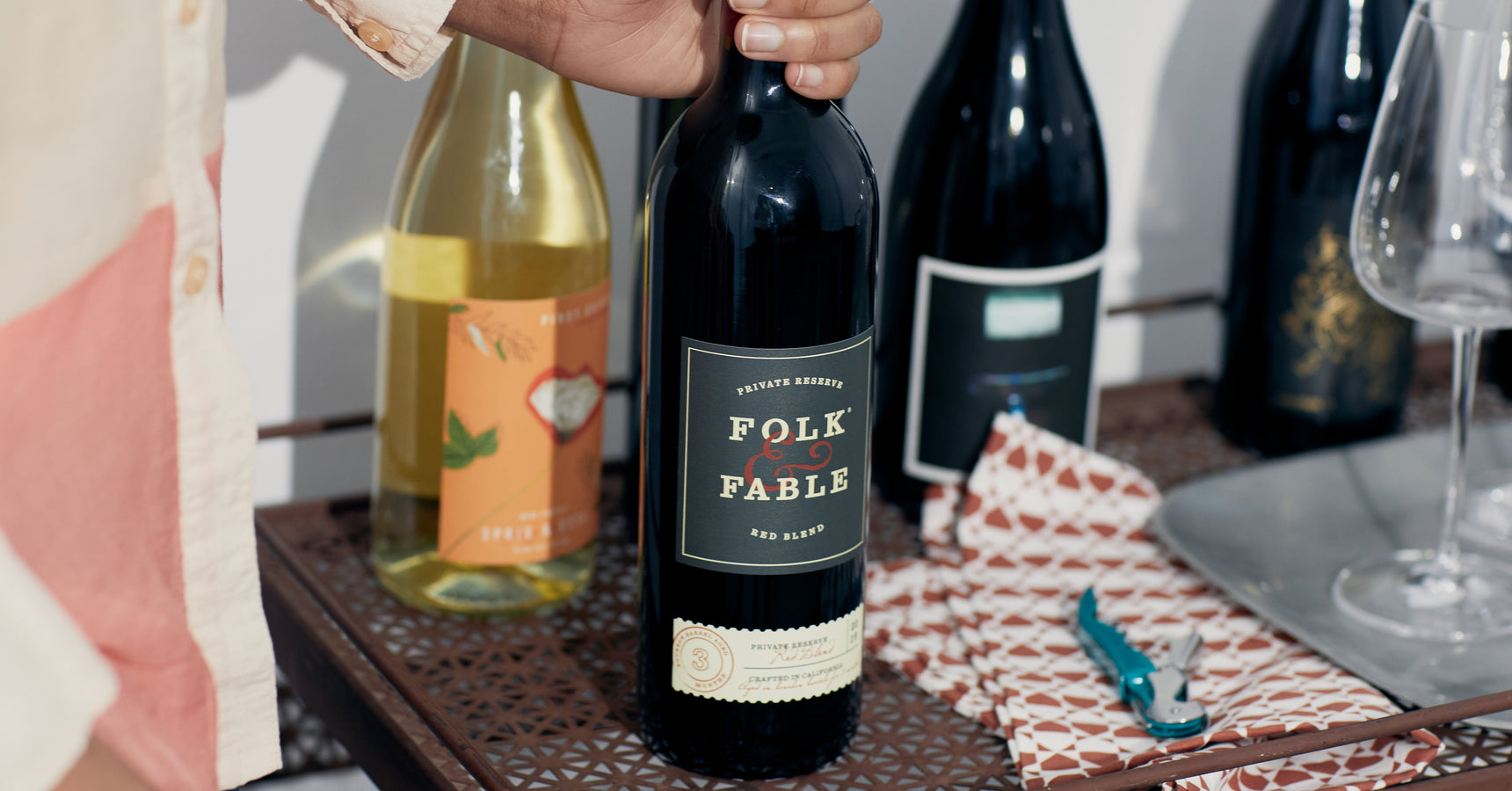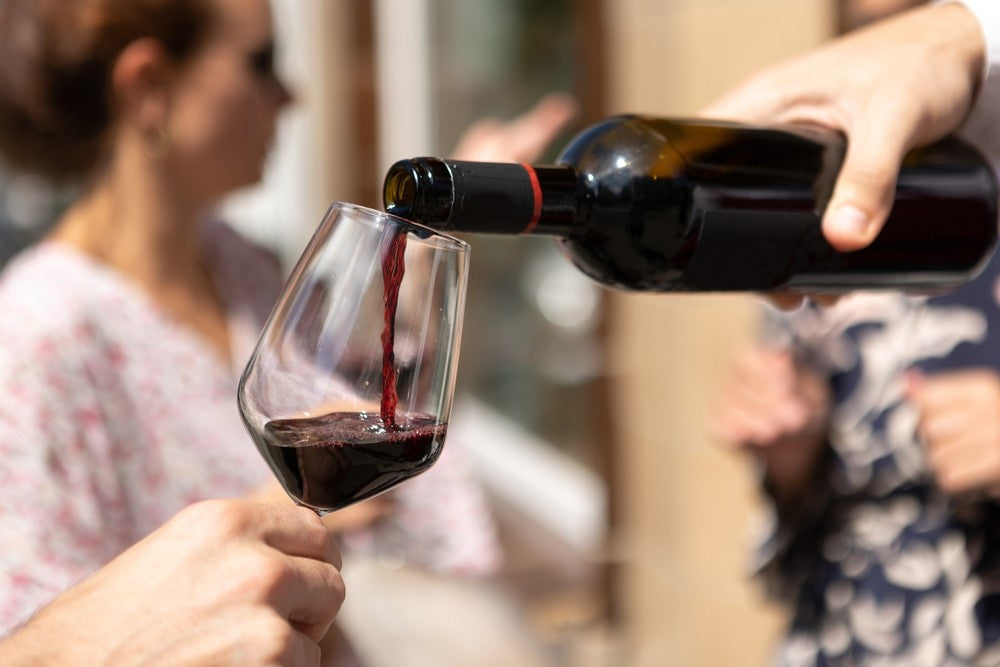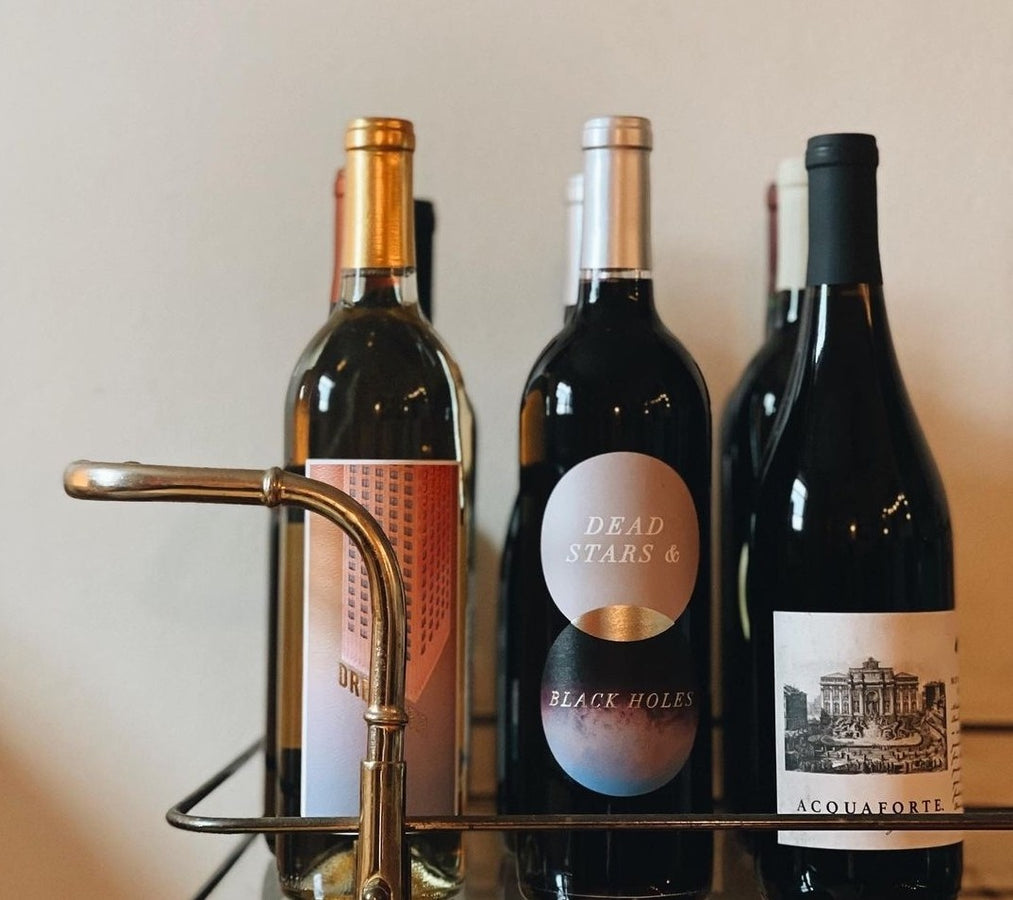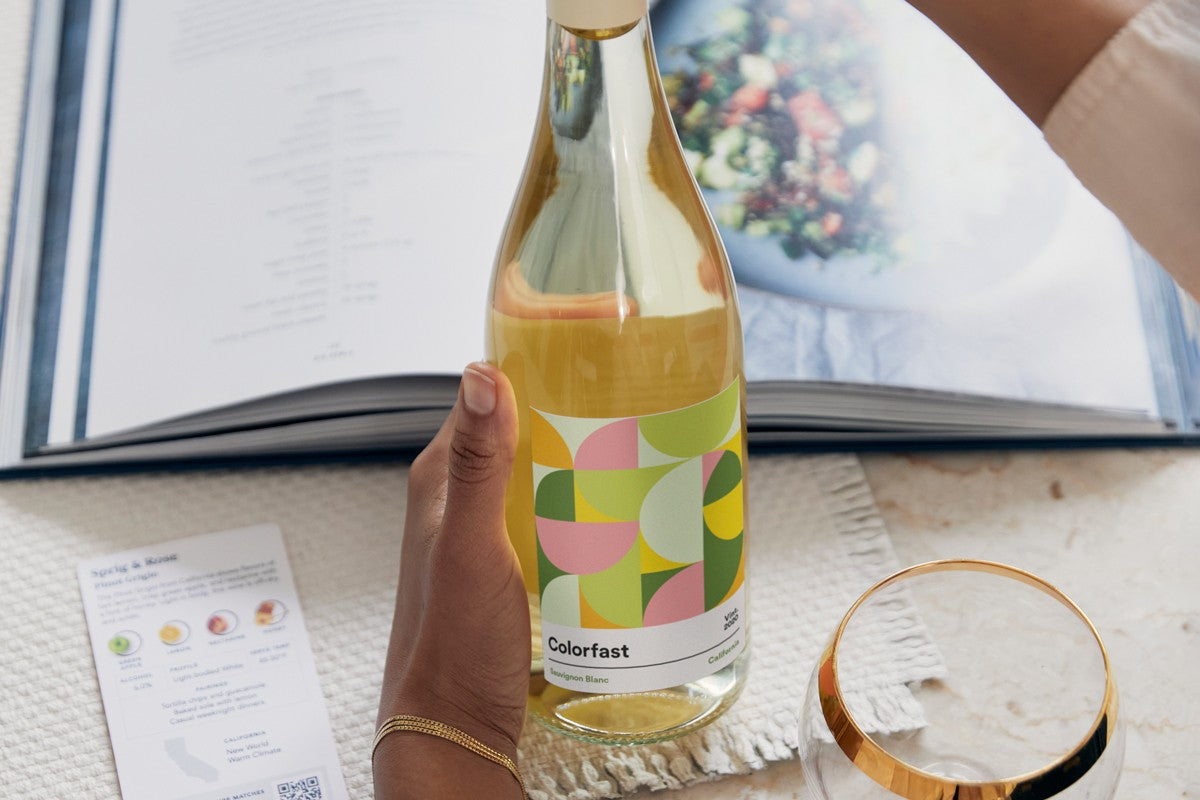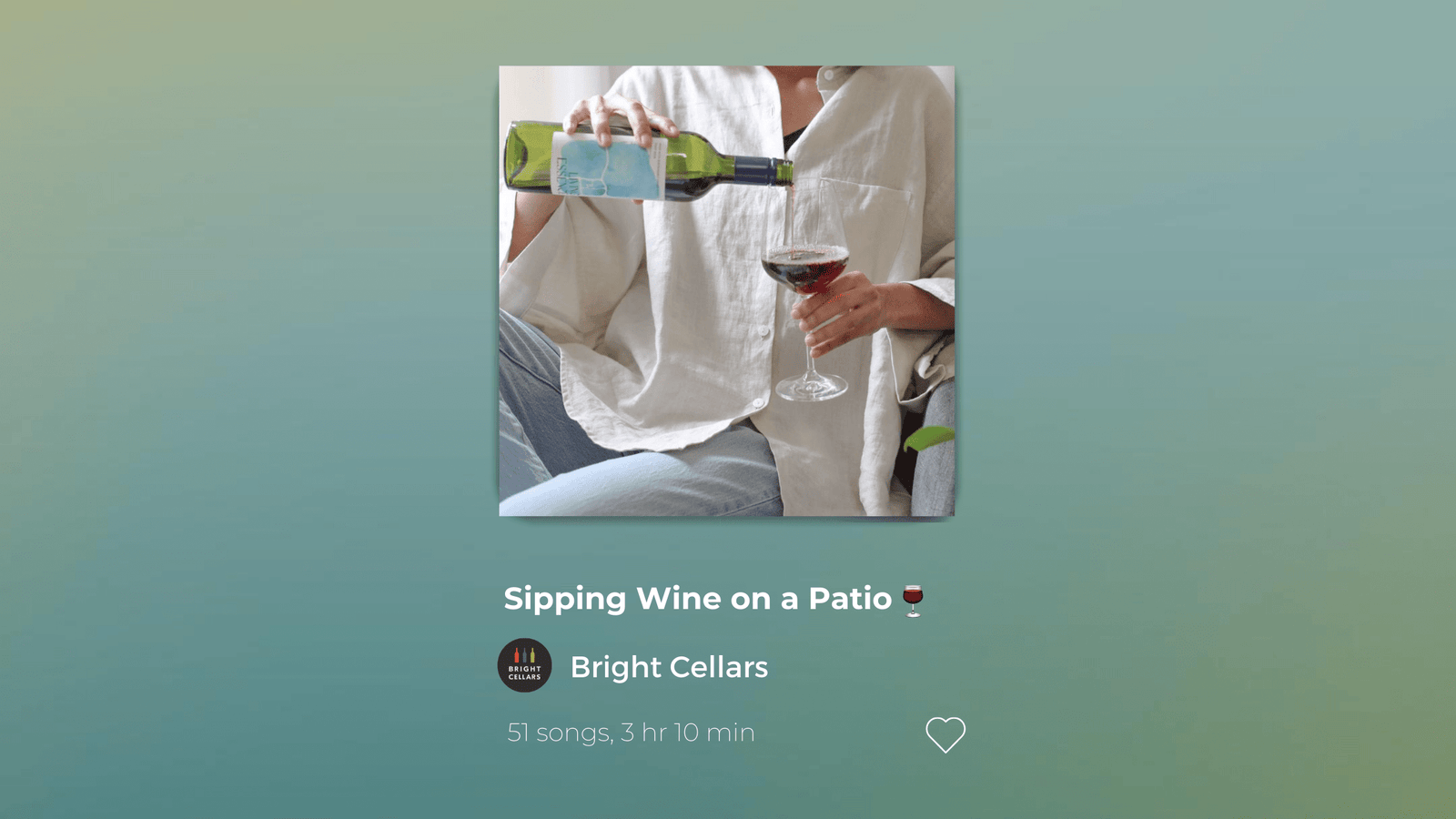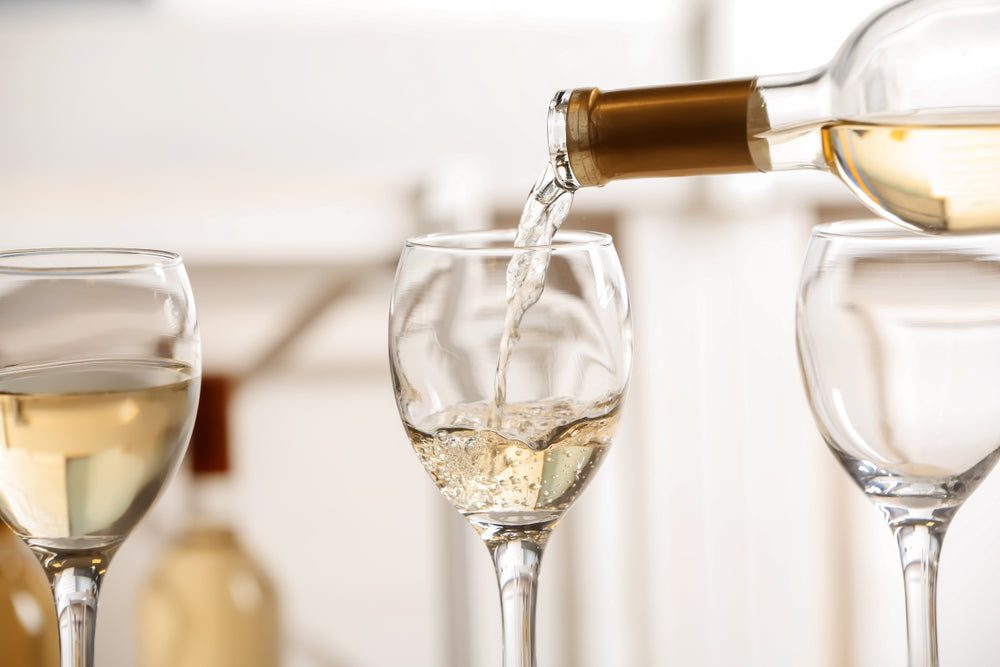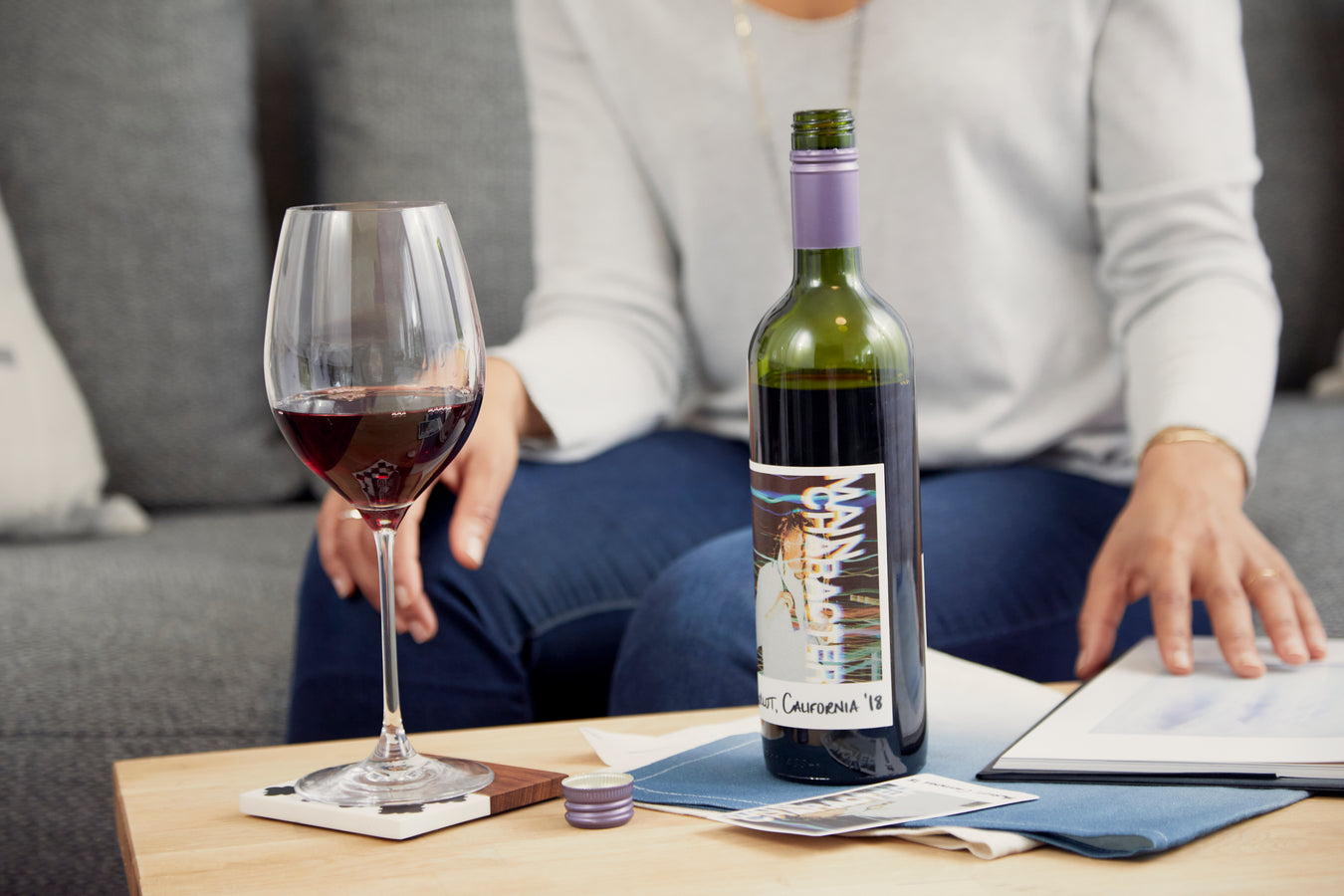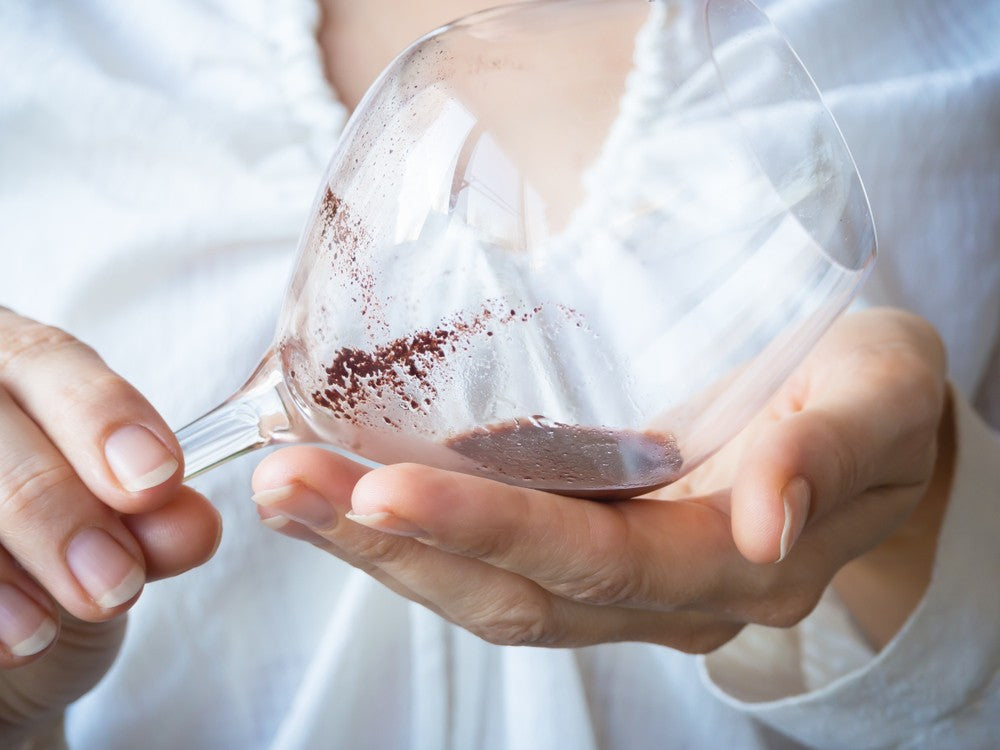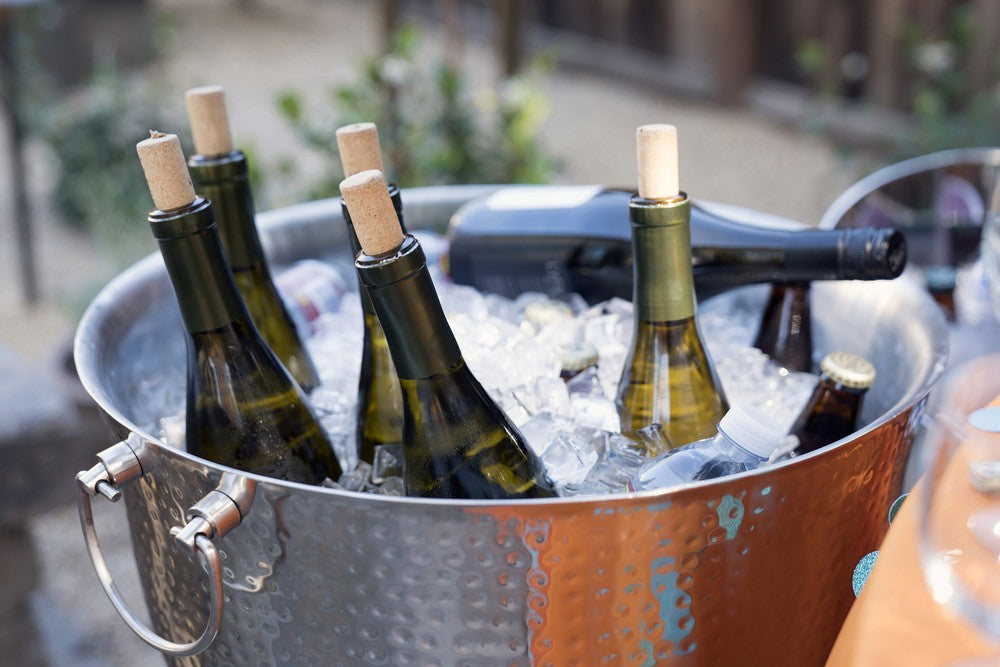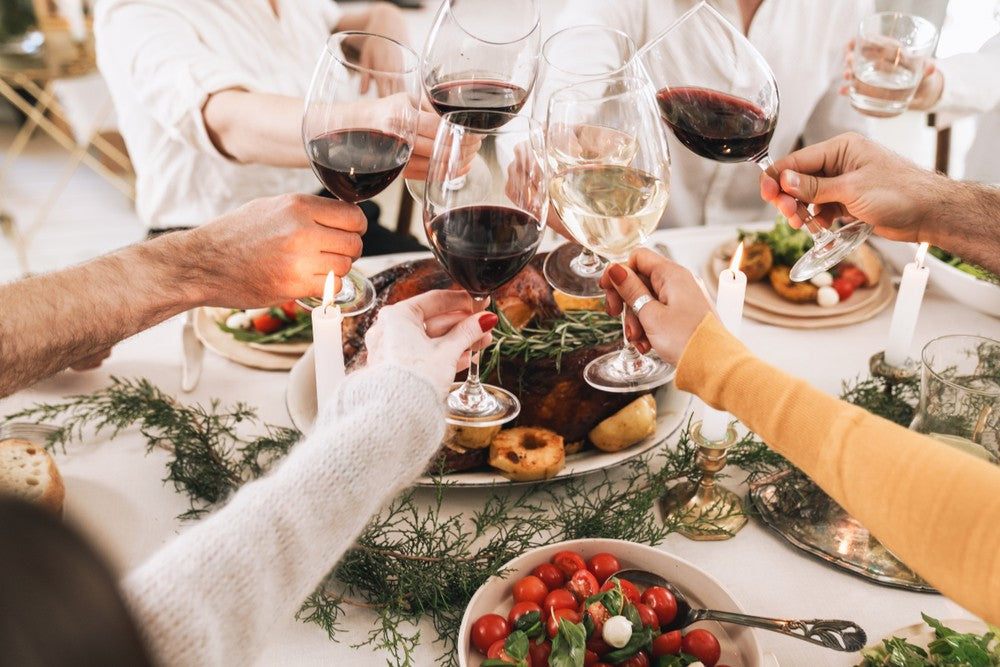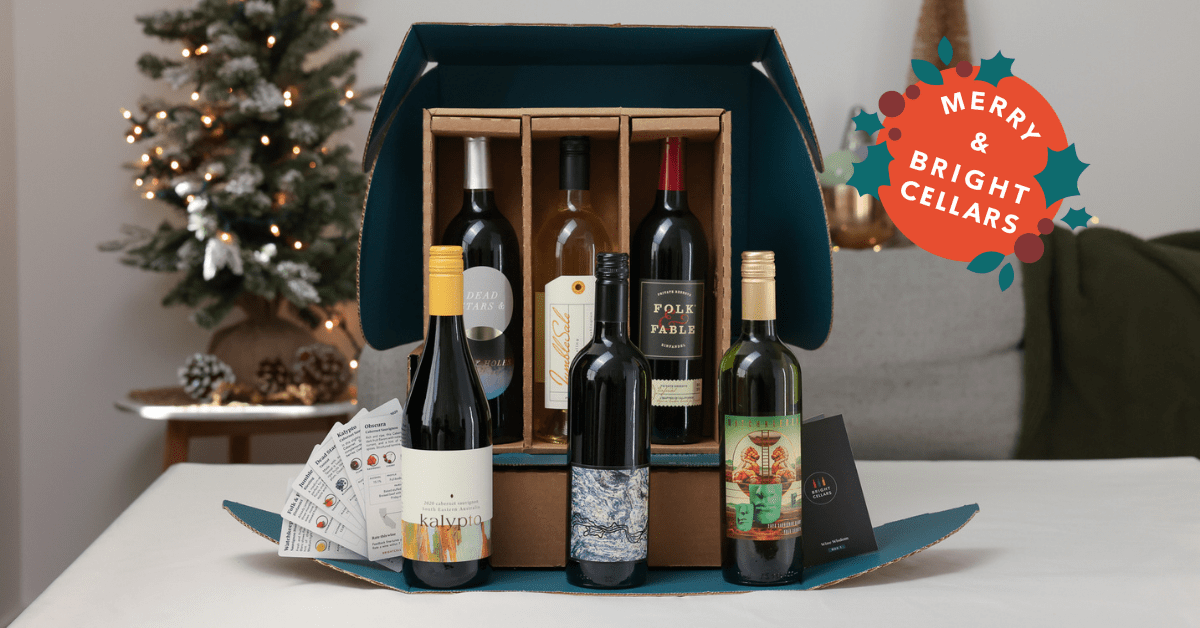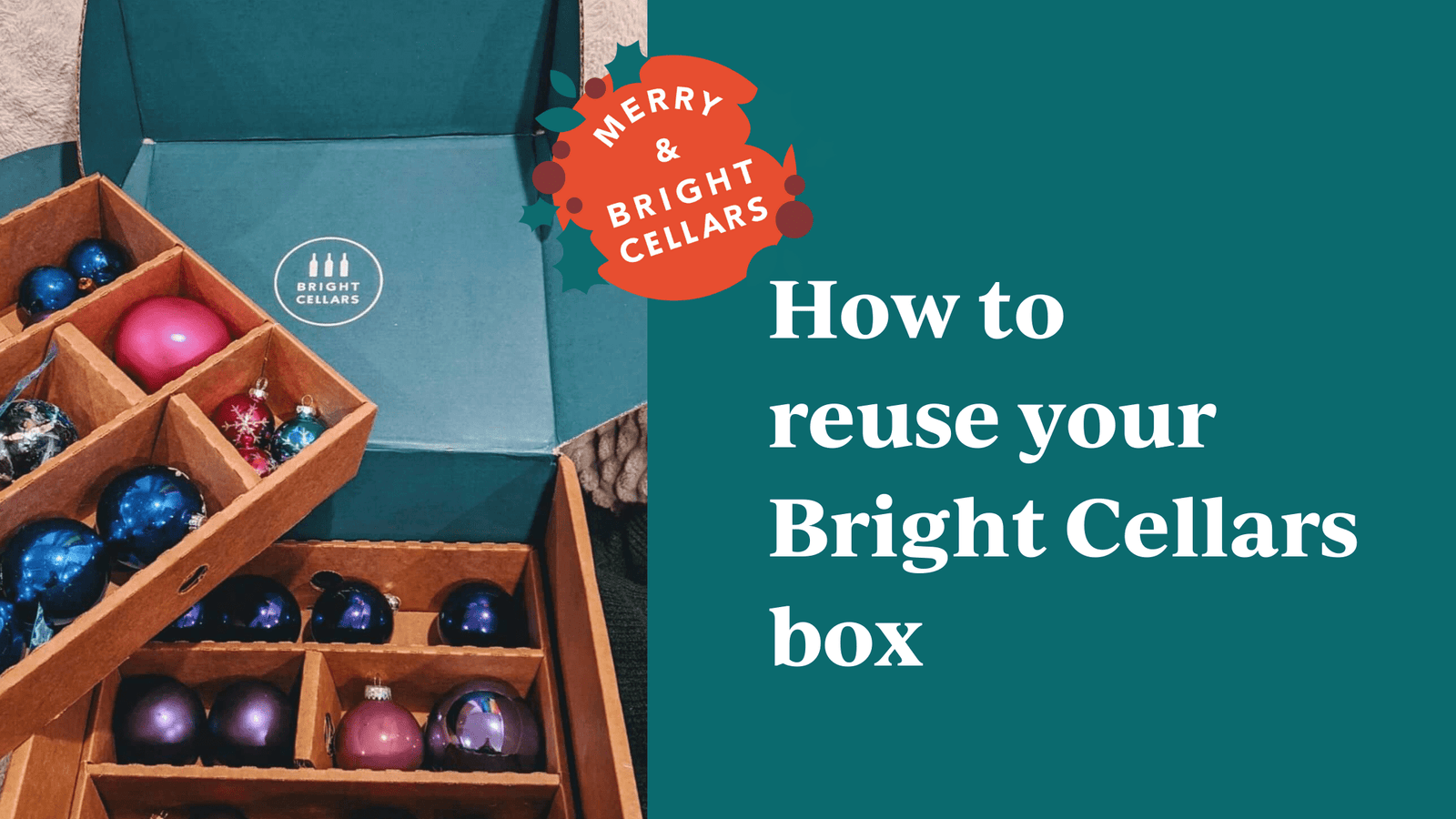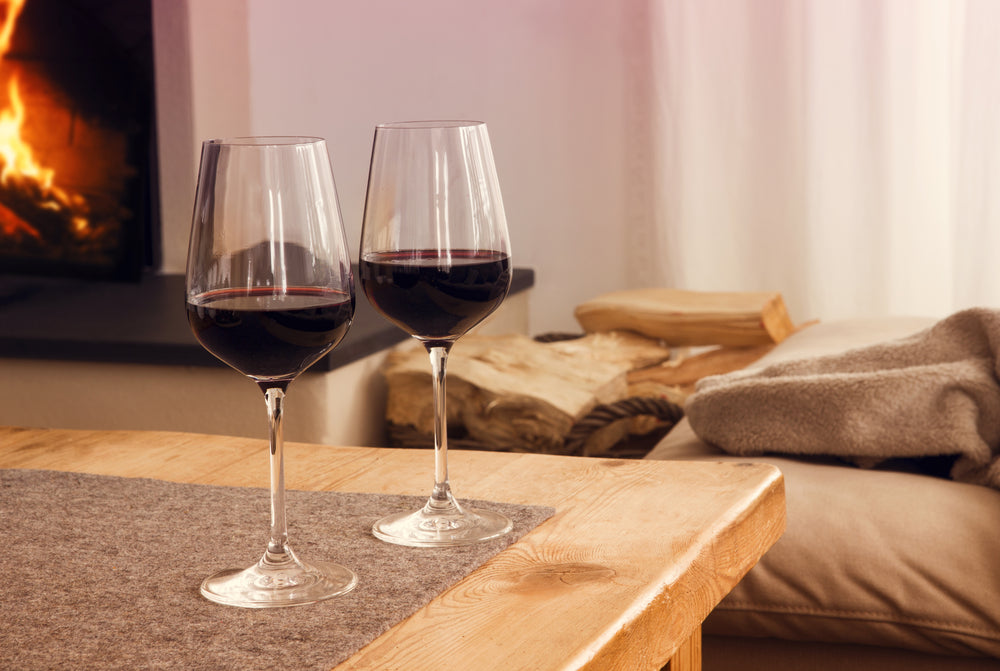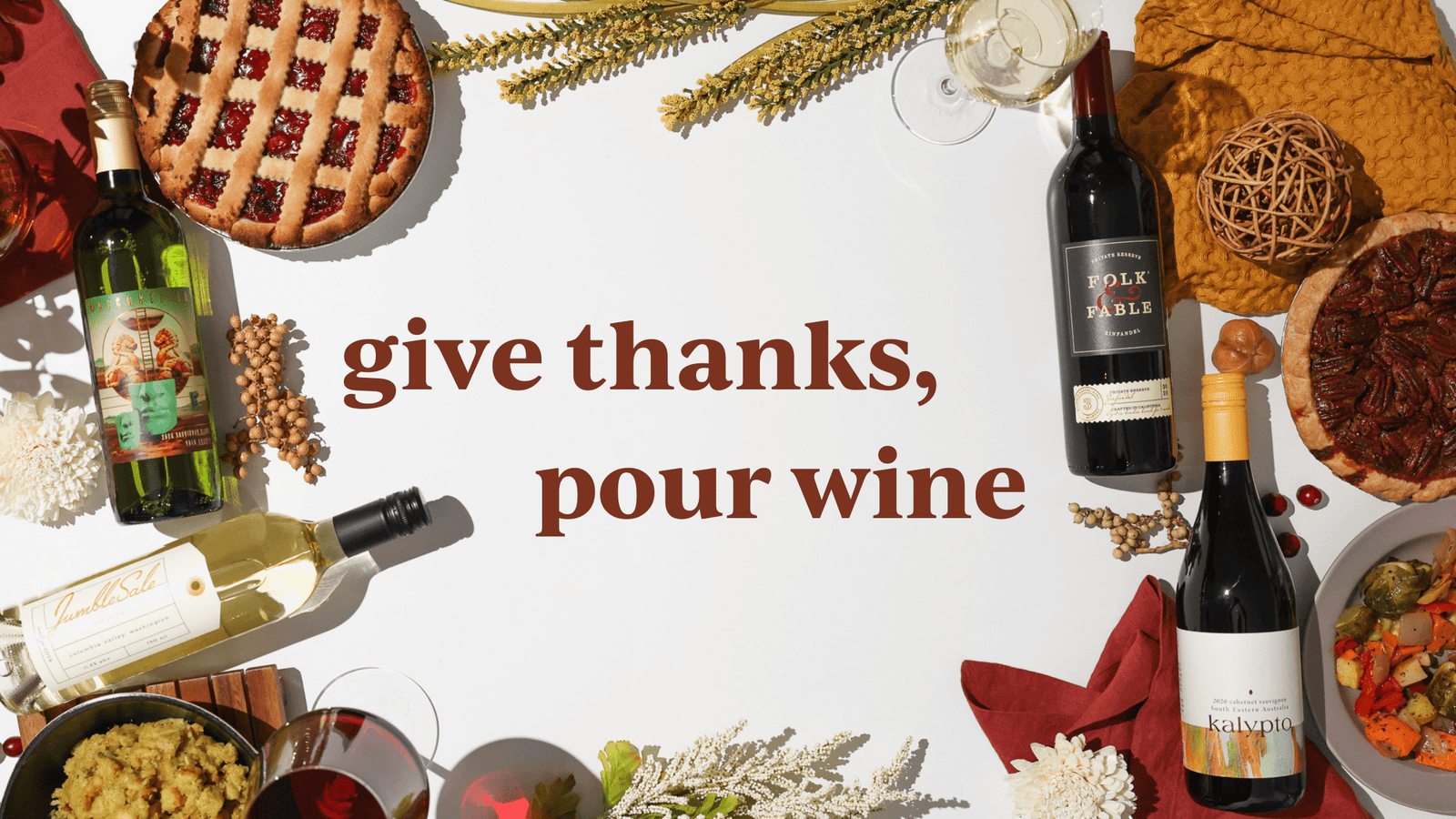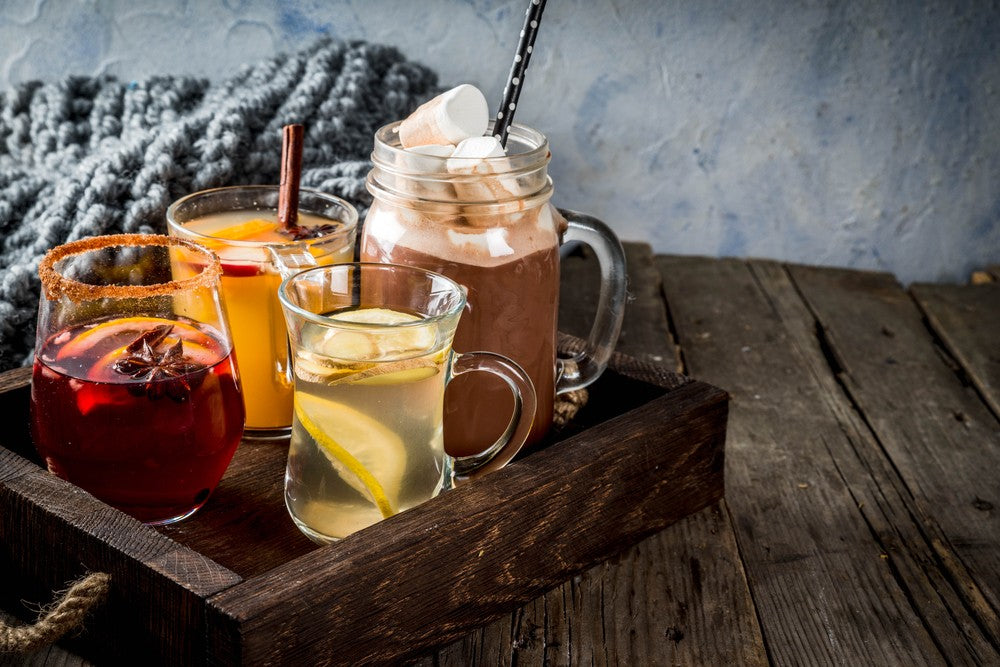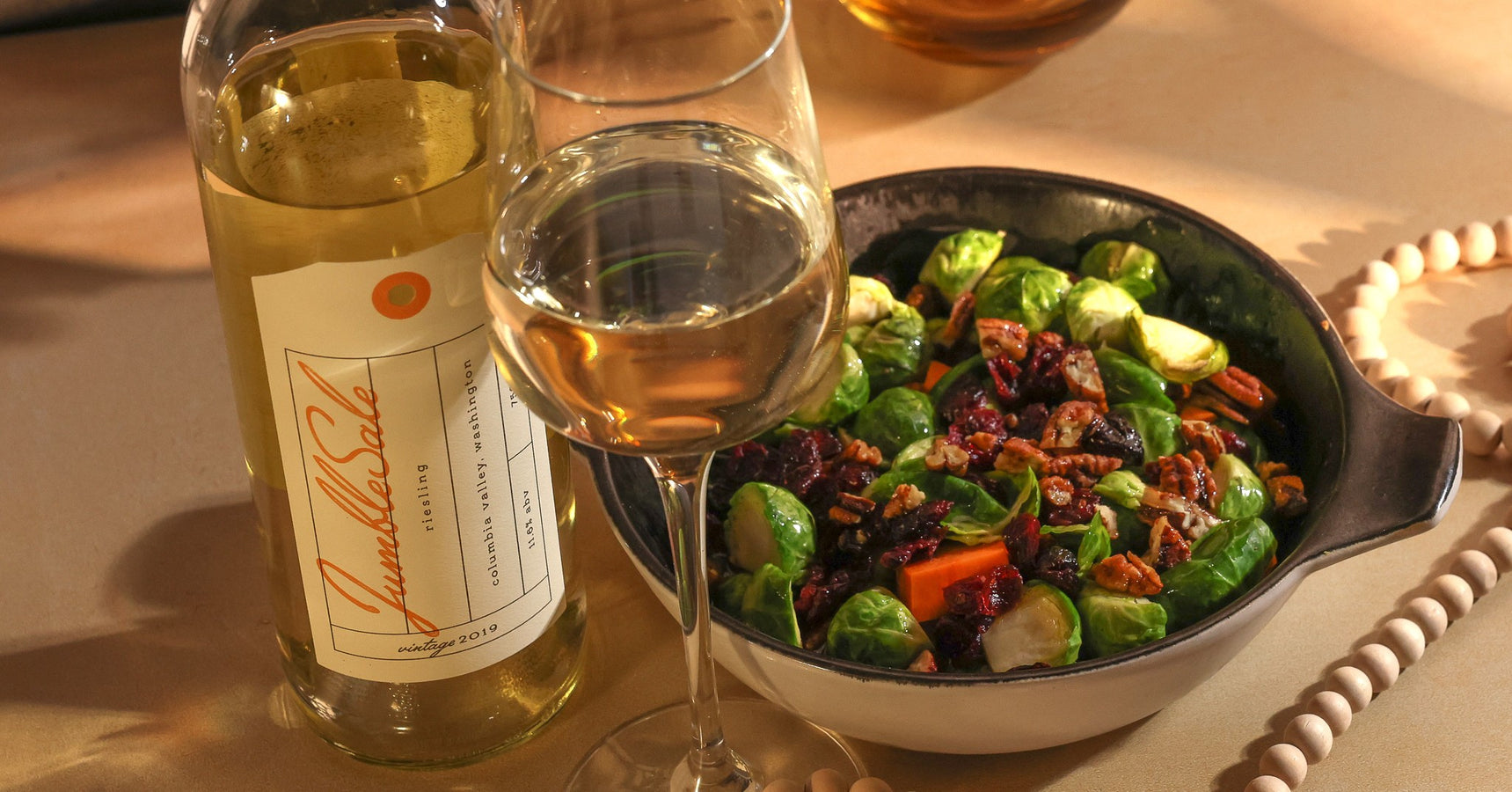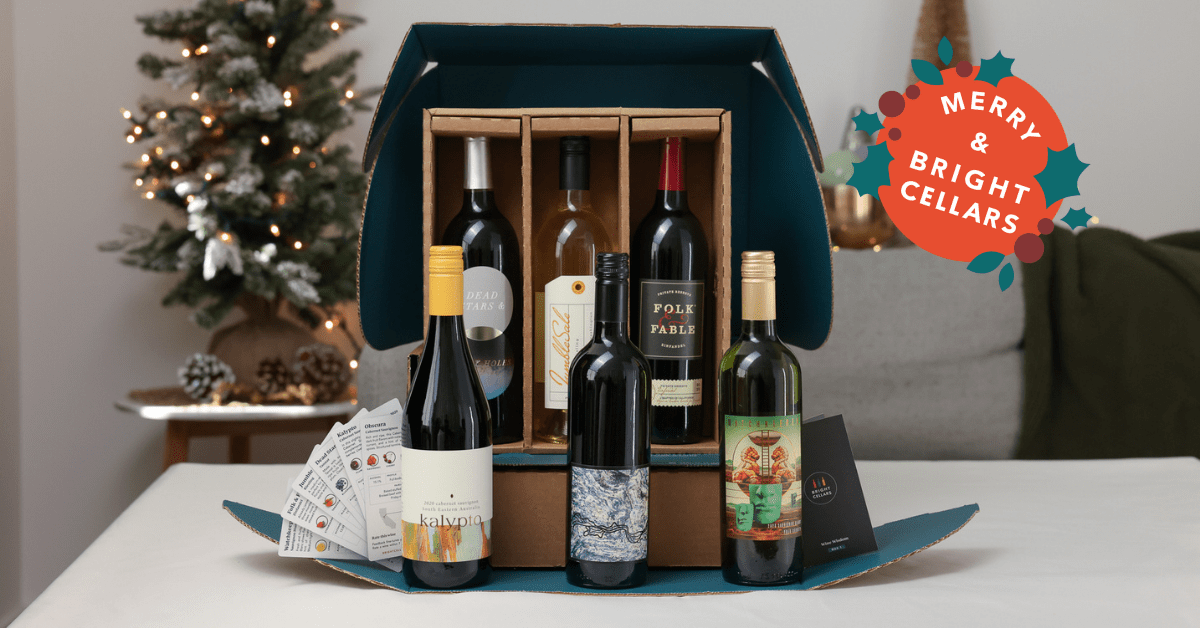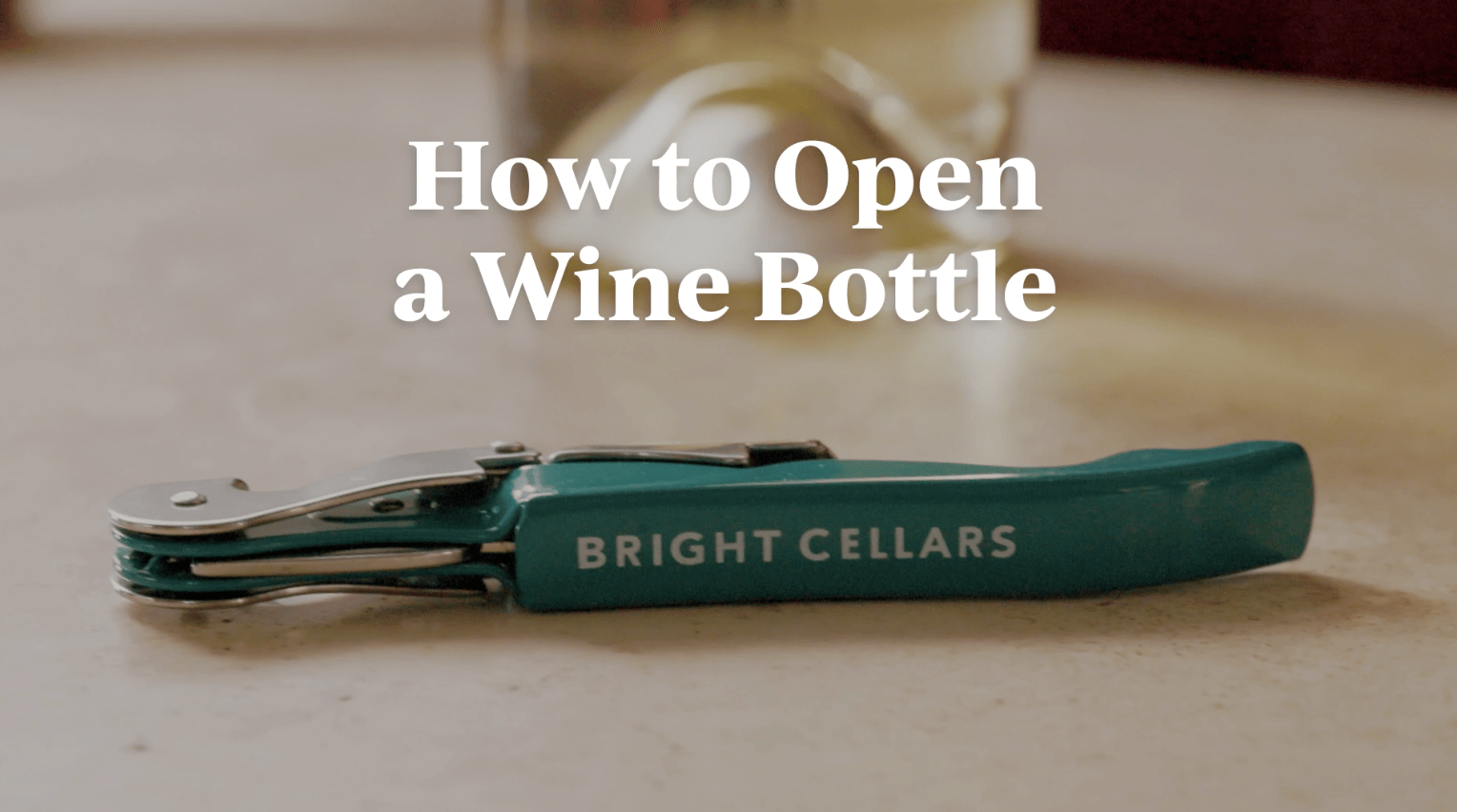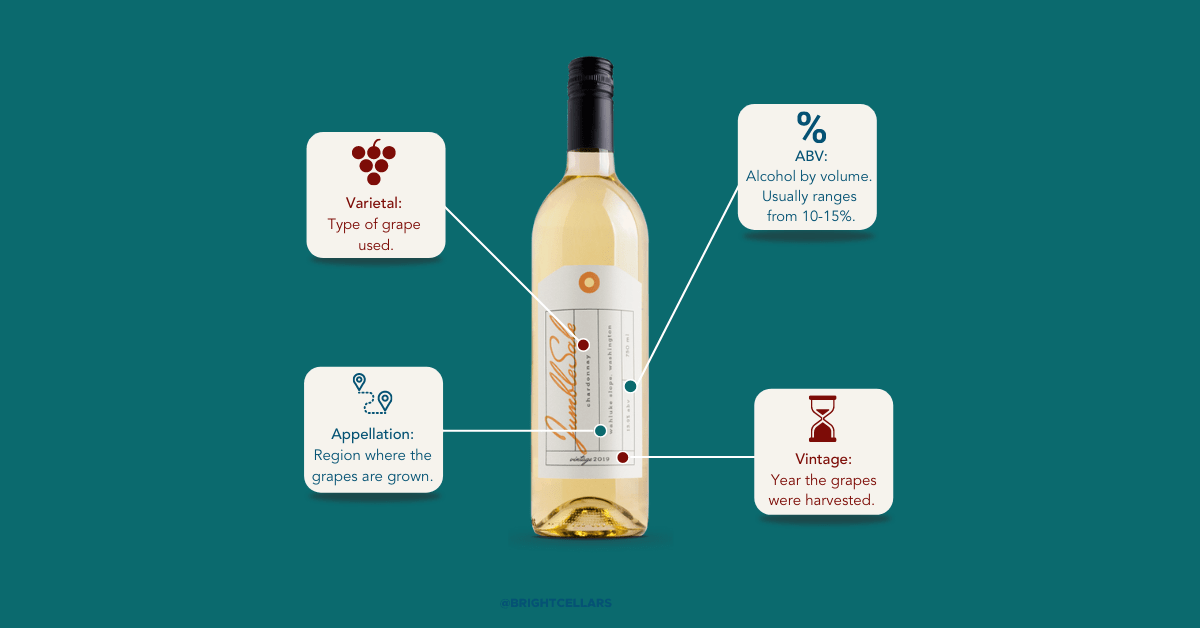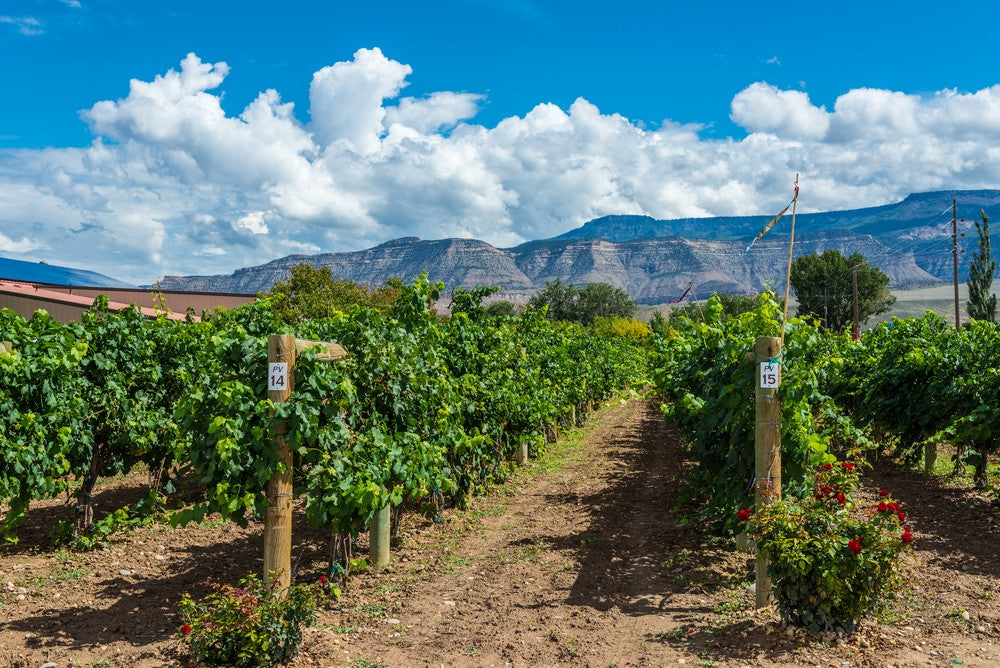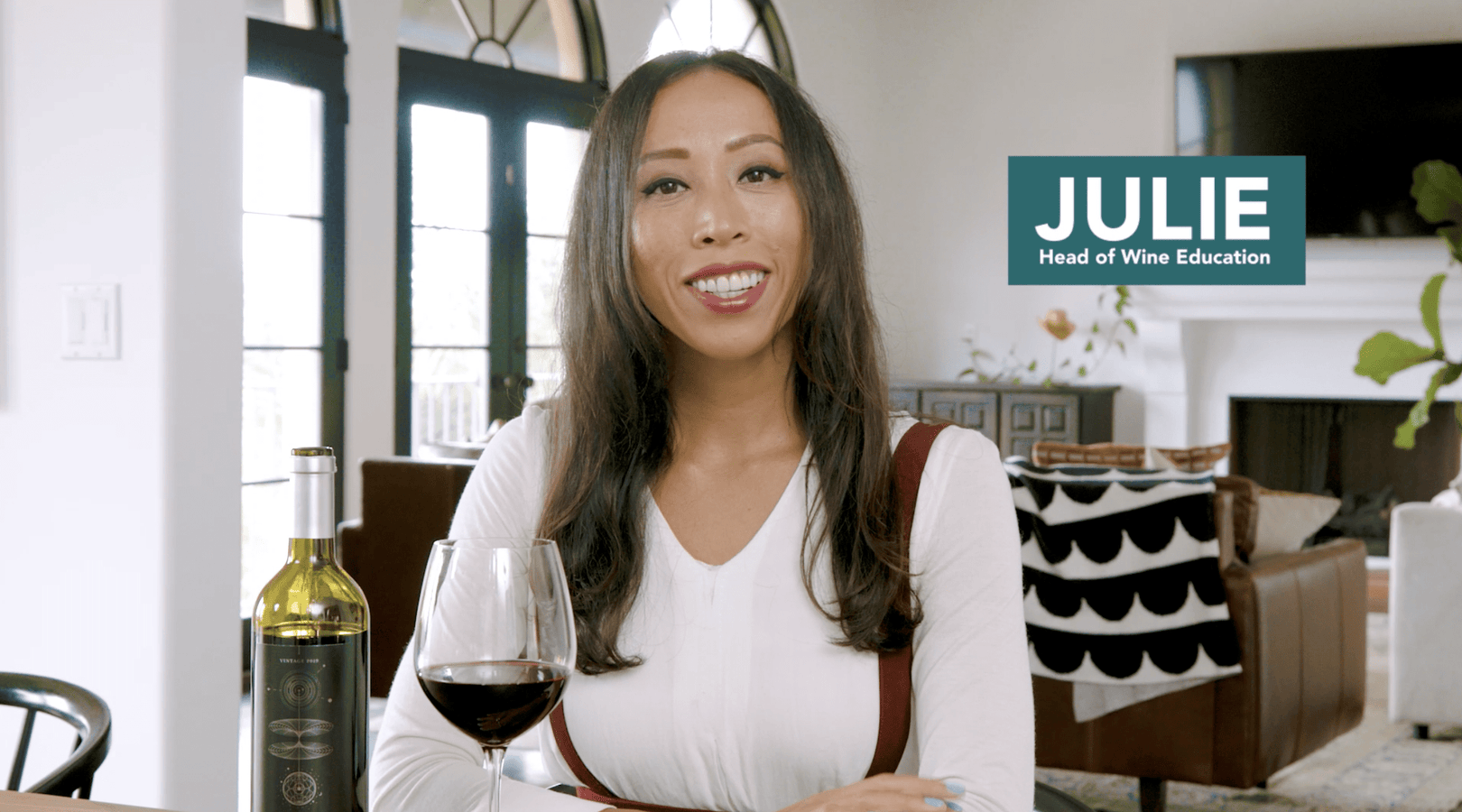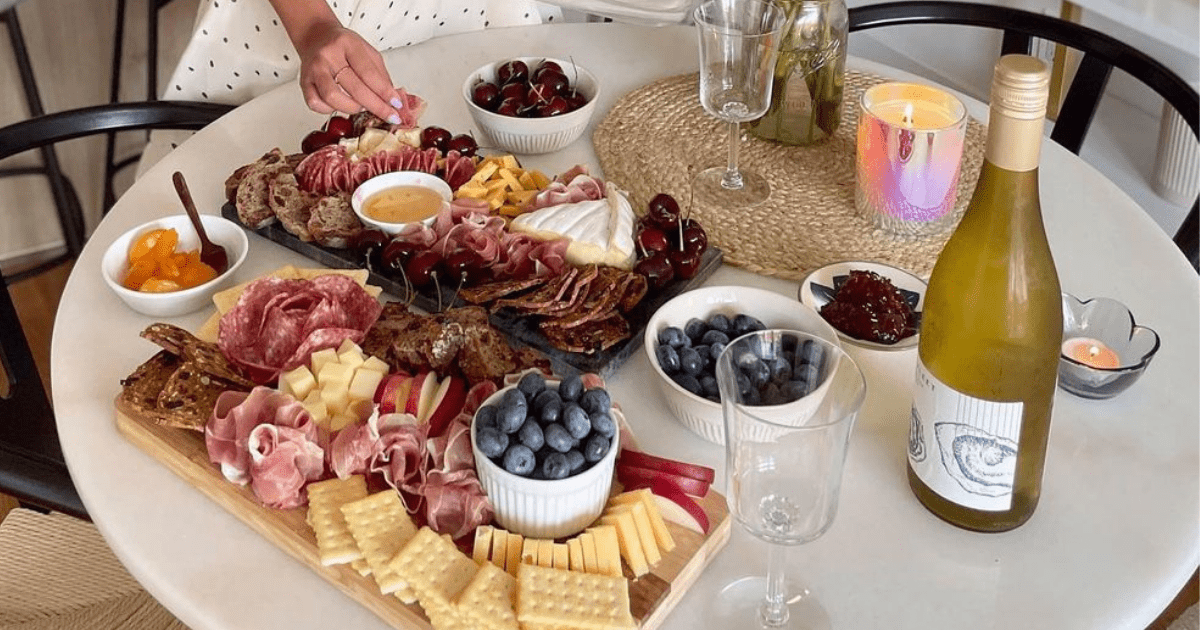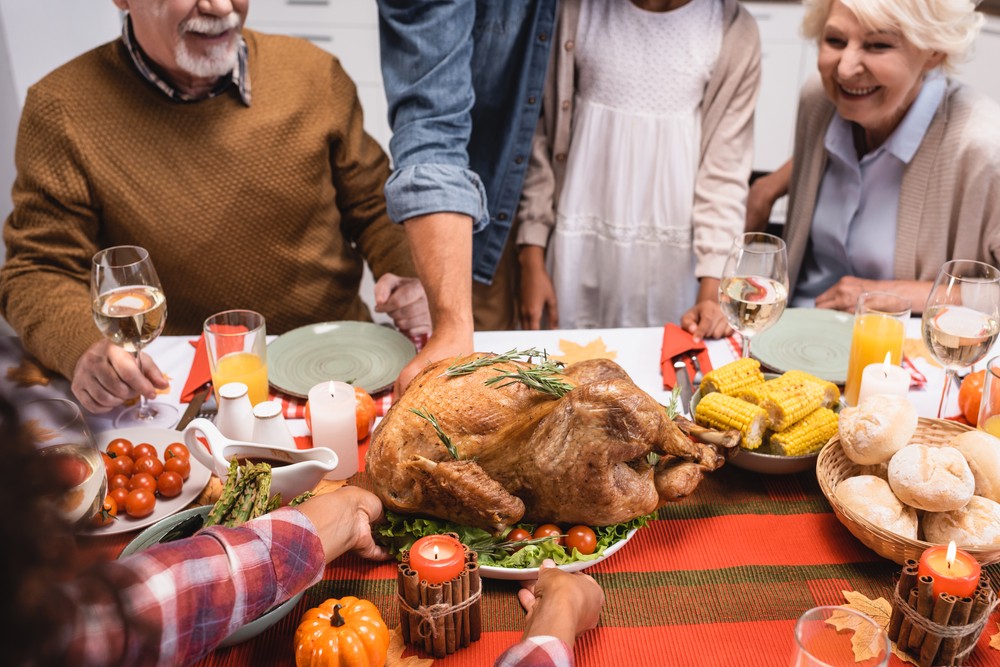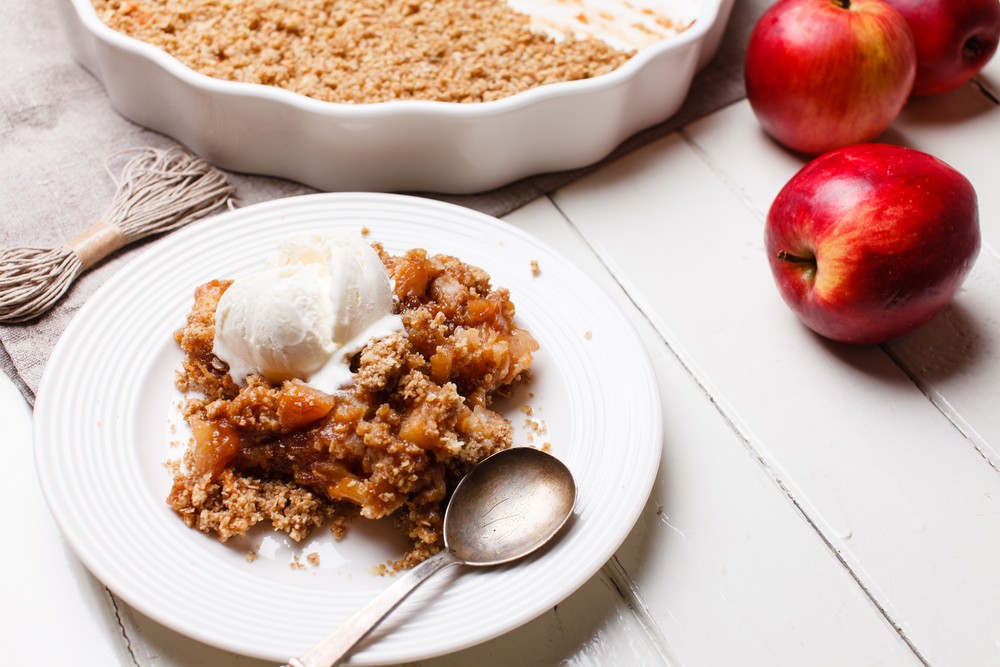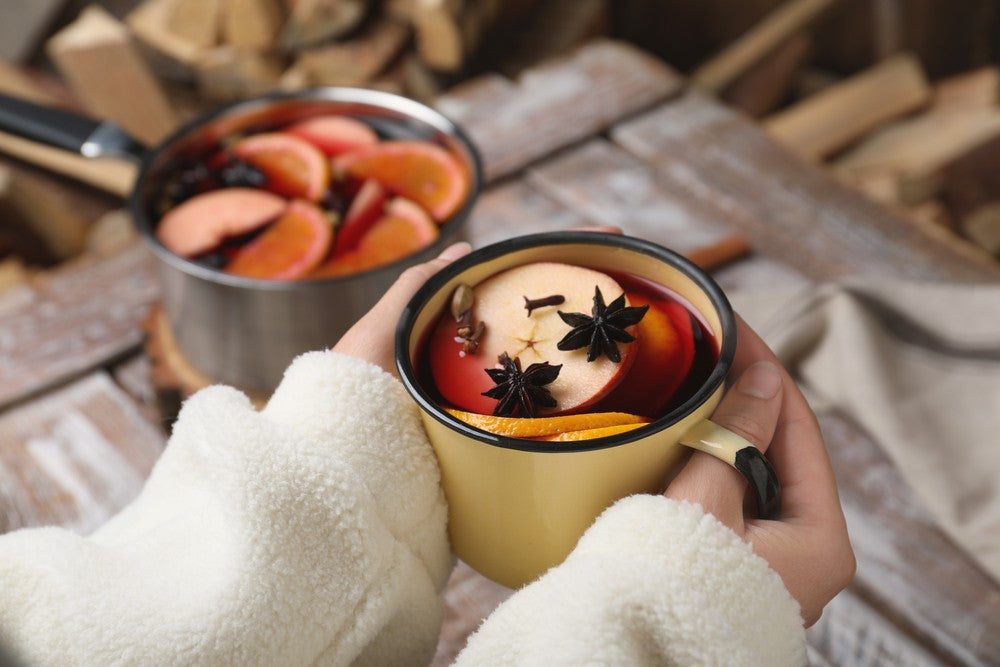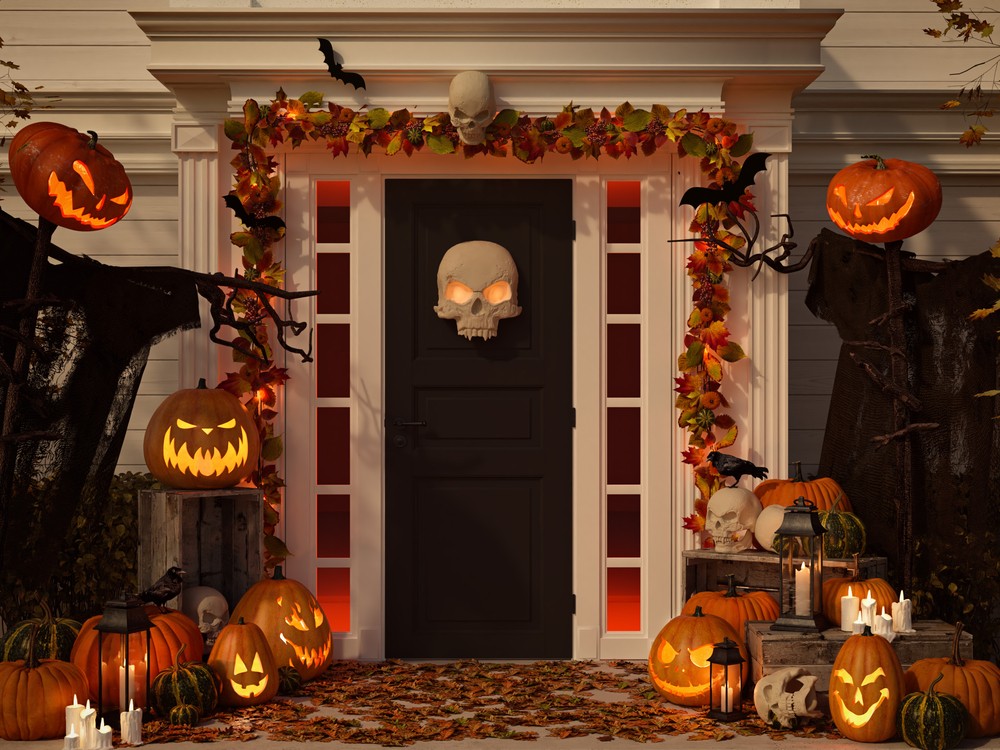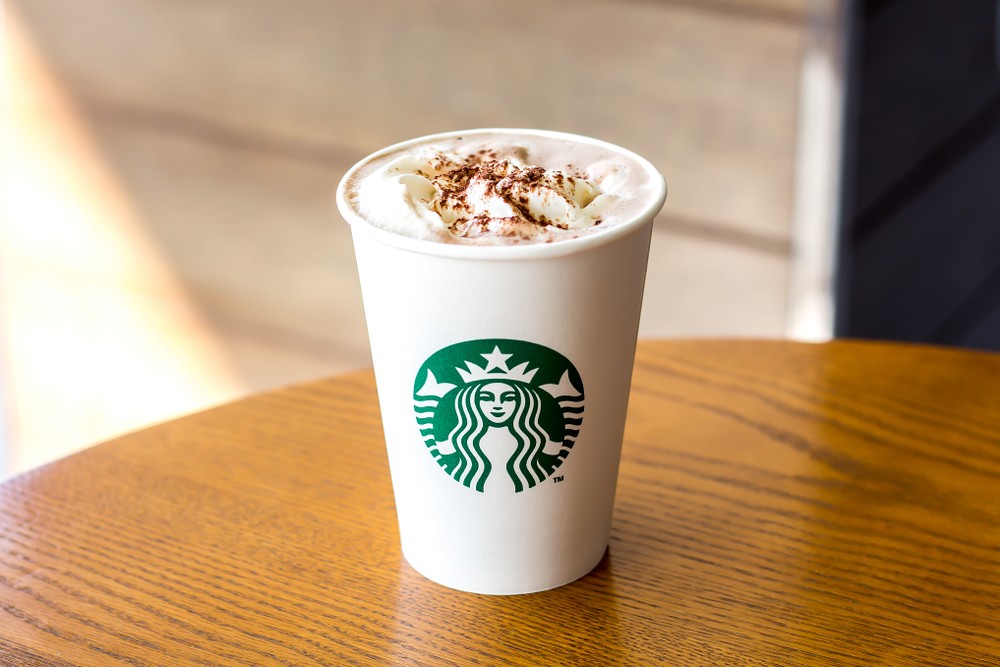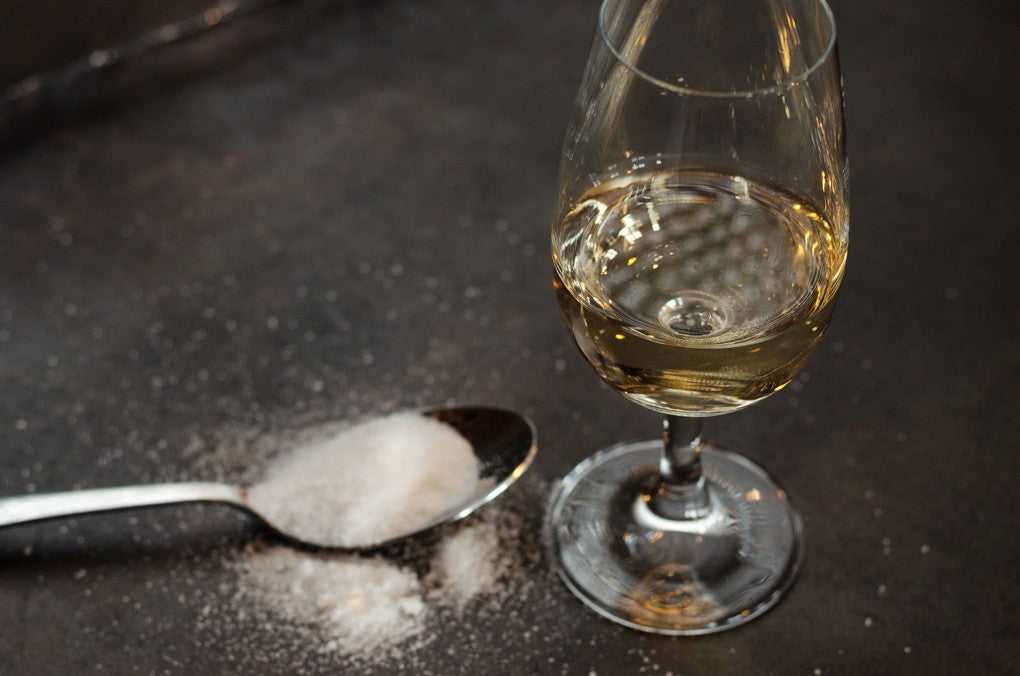
|
Some people see the word “Riesling” on a wine list or label and scoff. “Too sweet for my taste,” they say to themselves, as they skim over it in hopes to find something more suitable. Little do they know, the Riesling they ignored had the potential to be one of their very favorites. Some people feel very passionately about not liking Riesling. These beginner winos have probably tried a Riesling before, been taken aback by an intense sweetness, and vowed never to sip one again. Once bitten, twice shy. Sweetness is a characteristic that we often find stereotypes all Rieslings. But what did we learn from the show Glee, everyone? Not everyone fits perfectly in the stereotypes you assign them. I mean, hello! If a “tough” football player can be a good singer, or a “smart” nerd can be a good singer (did anyone else notice that the only stereotypes broken were that everyone can hit some killer high notes?), why can’t a stereotypically “sweet” Riesling also be a great dry wine? The word “Riesling” identifies a type of grape. But as you probably know, when it comes to vino, the type of grape that makes up a wine is only one factor in the taste of the finished product. So much can be added, removed or altered in the winemaking process that can make a wine taste the way it does. This is especially true of Riesling. Riesling is a versatile white grape that originated in Germany about 500 years ago. Today it still thrives best there, but it has also taken root successfully in the French region of Alsace. Alsace isn’t the only place that Riesling has tried to grow outside of Germany, but it’s definitely been the most successful. You know how some major cities have cultural boroughs within them? Like Little Italy or Chinatown? Well, Alsace is kind of like the “Germantown” of France. The city is bustlin’ with German architecture, tradition and grapes. In Alsace, Riesling feels right at home! Unlike some grapes who have tried and failed in cooler climates, this beautiful German grape has a unique skill of adapting to pretty much anything mother nature throws at her. Riesling is known for her ability to not only survive, but thrive, in a variety of soils, climates and growing conditions. Think of Riesling as your best gal pal who is somewhat of a girlfriend chameleon. This is your friend (probs named Kelly or Karen, honestly) who changes her hobbies/fashion/food preferences/hair color depending on who she is currently dating. When she starts dating a guy in a band, she starts swooning whenever she hears a drum solo. If she’s seeing a Wall-Street guy, she’s suddenly adamant that you must start investing in “new technologies.” Her core values might not change, but she definitely is a different girl to hang out with. Similarly, Riesling molds her flavors depending on the personality and characteristics of the place where she’s taken root. Some of her underlying features are consistent. For instance, most Rieslings have a higher acidity. Also, most Rieslings are aged in stainless steel and therefore don’t have traces of oak. Other features like sweetness, body, and tasting notes vary depending on where the Riesling grows. This concept is known as terroir. Riesling is a grape that is super effective in communicating terroir, so there aren’t really any varietal characteristics that can generalize Riesling as a whole. However, we’re here to help break down the different styles and characteristics of this unique varietal. This way, you won’t be able to generalize it as “sweet” without any rhyme or riesling. Germany produces Rieslings ranging from dry to super sweet. There are two ways to classify the wine:
Other Regions: As mentioned before, Germany isn’t the only Riesling-producing region. Here is a look into the styles of Riesling that come from other notable parts of the world. Australia: The winemakers in Australia often grow Riesling in areas of high elevation, or in cool areas of existing vineyards. This helps mimic the cooler climate where the grapes are known to thrive. Bottled at their full ripeness, these dry wines often have citrus notes like lime zest, and herbal notes of white pepper. If you’re like us, you’ve probably watched the documentary Somm at least seventy-four times. Amongst the intense descriptions of wines that roll off the tongues of the doc’s spotlight sommeliers, there is one tasting scene that is super useful when thinking about Australian Rieslings. Watch the Somm family’s fave father figure, Ian Cauble, nail a Riesling blind tasting here. France: A lot of dry rieslings come from Alsace, or as mentioned above, France’s “Germantown.” The dry rieslings in Alsace are made from fully ripened grapes, giving the final product very fruity undertones and strong citrus notes. Something to remember about these Rieslings is that they often have higher alcohol content than sweeter Rieslings, so you can’t sip as much of it without getting tipsy. United States: Rieslings from the United States are mainly grown in Washington and Oregon, with some vineyards taking root in New York. Riesling is actually the most frequently planted white wine grape in Oregon! It’s the second most grown white grape in Washington, just behind Chardonnay. In both Oregon and Washington, the climate is cool and moist, thanks to their proximity to the Pacific Ocean and Cascade Mountains. These conditions help Riesling feel right at home. This climate results in the production of a spectrum of Rieslings, similar to the spectrum found in Germany. You’ll find wines that range from super sweet to very dry, all hailing from the U.S.A. There you have it, folks. A list of Rieslings to break all stereotypes that have ever plagued the grape. Even if you’ve tried Riesling before and were turned off by it’s sweetness, you now have the proper information to give it another go. Hopefully we’ve given you more than one good reason riesling to try this gem again! Cheers! Riesling Pop Quiz answers
|
